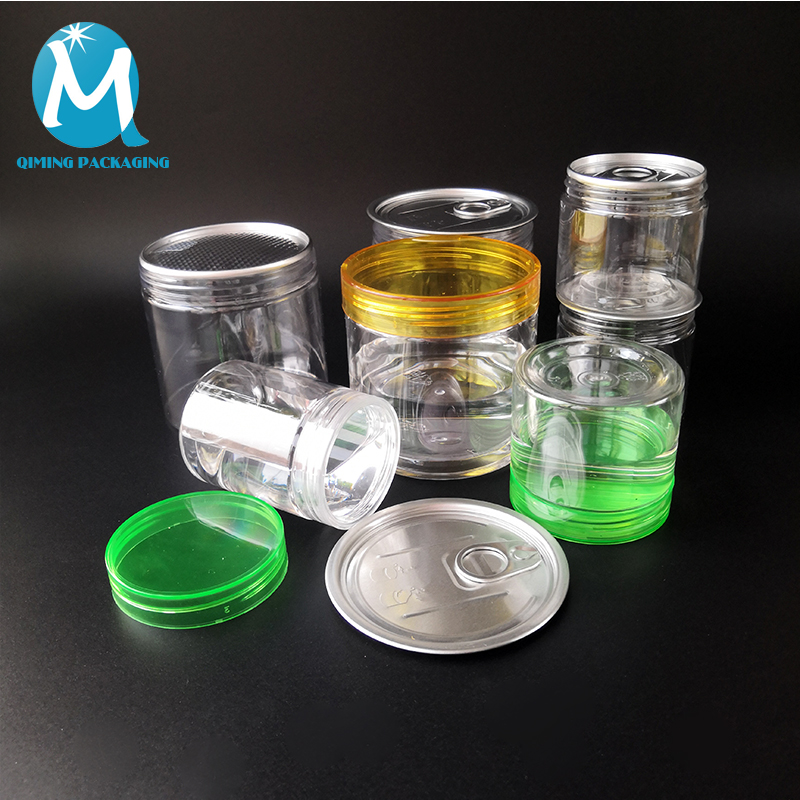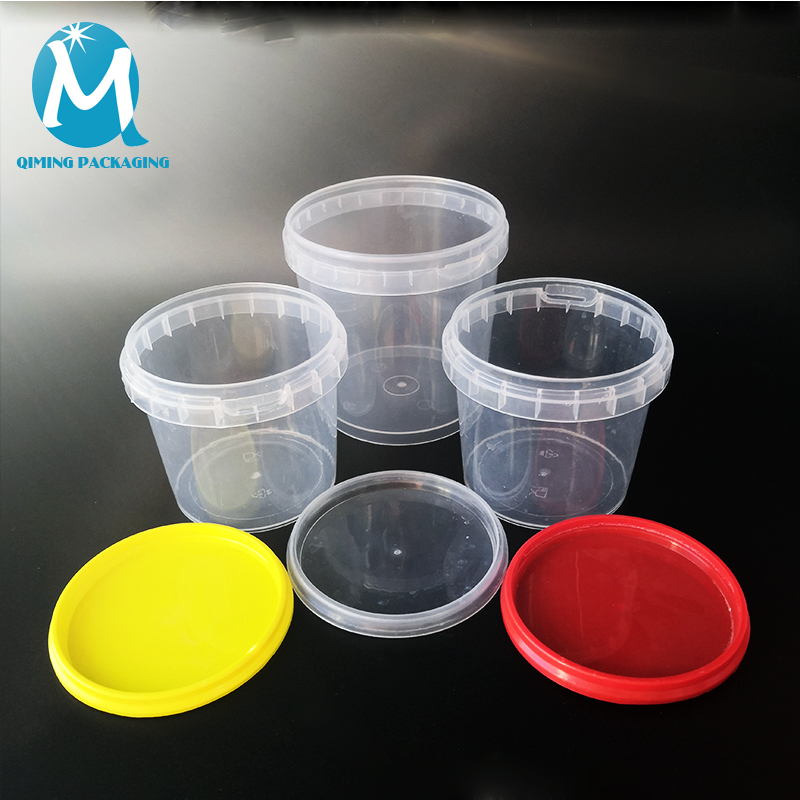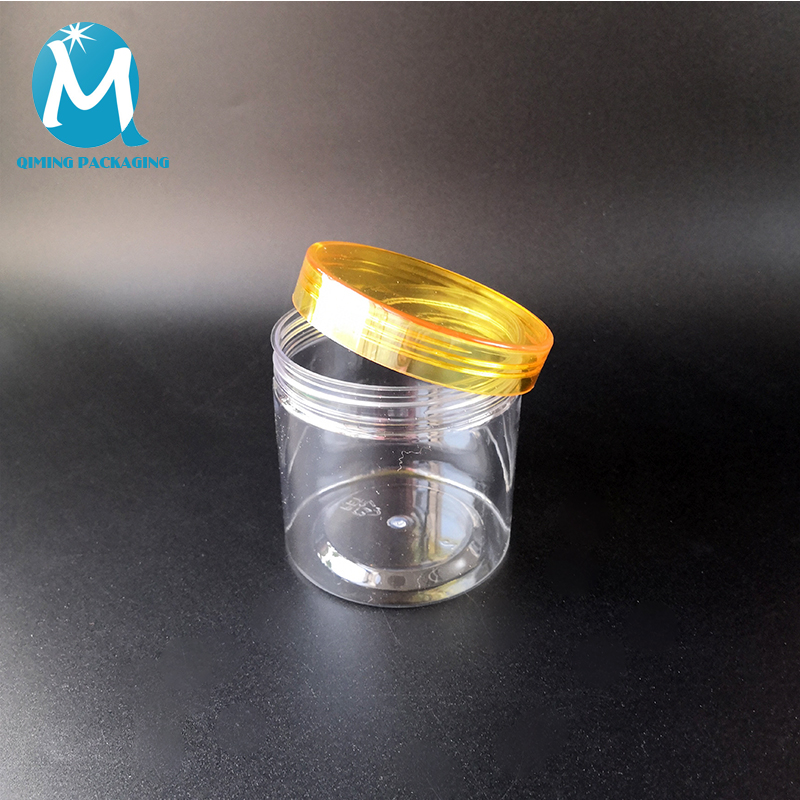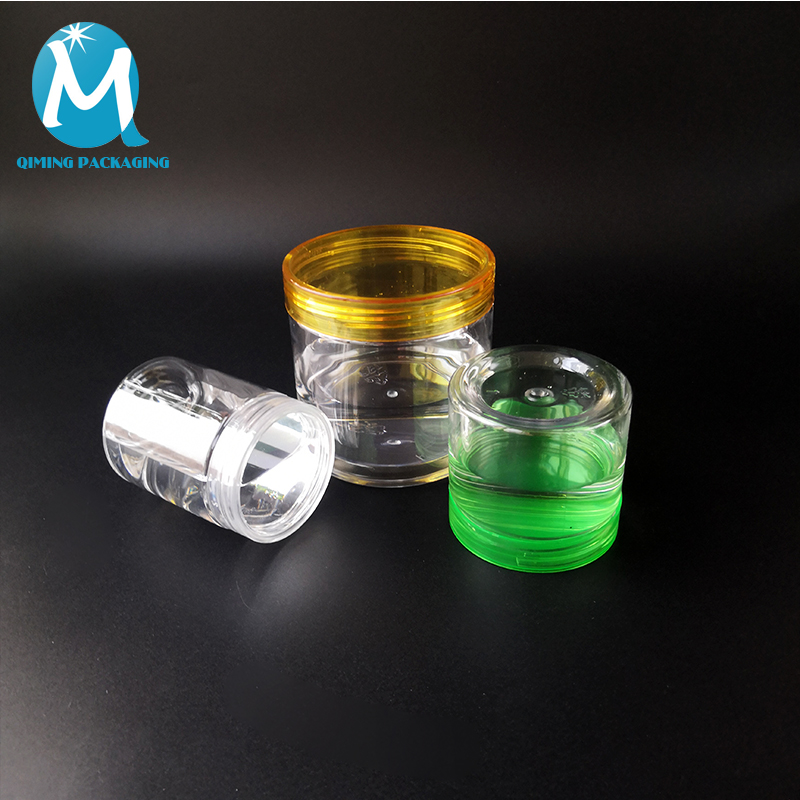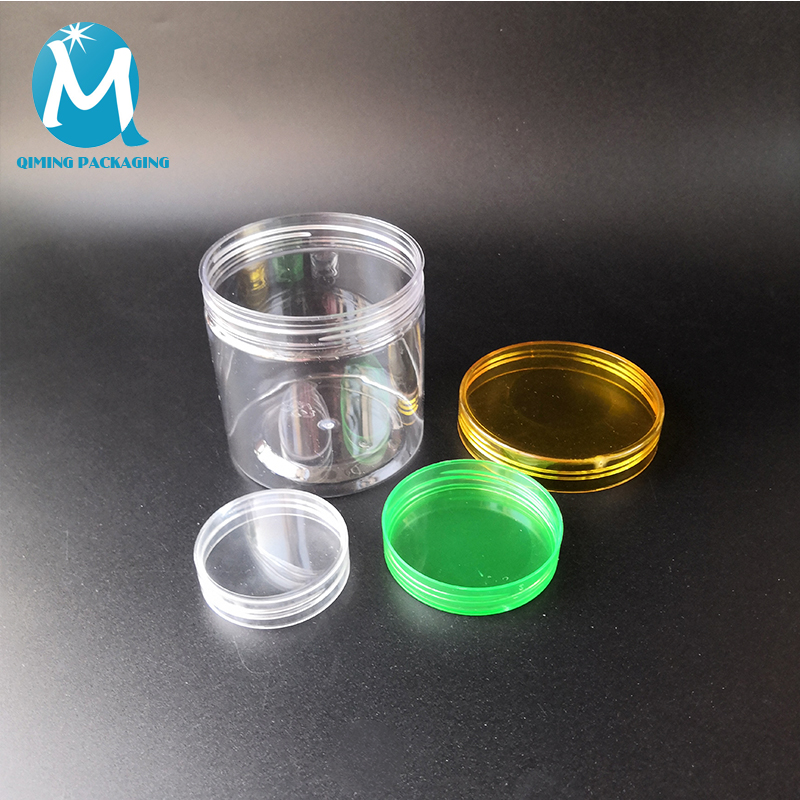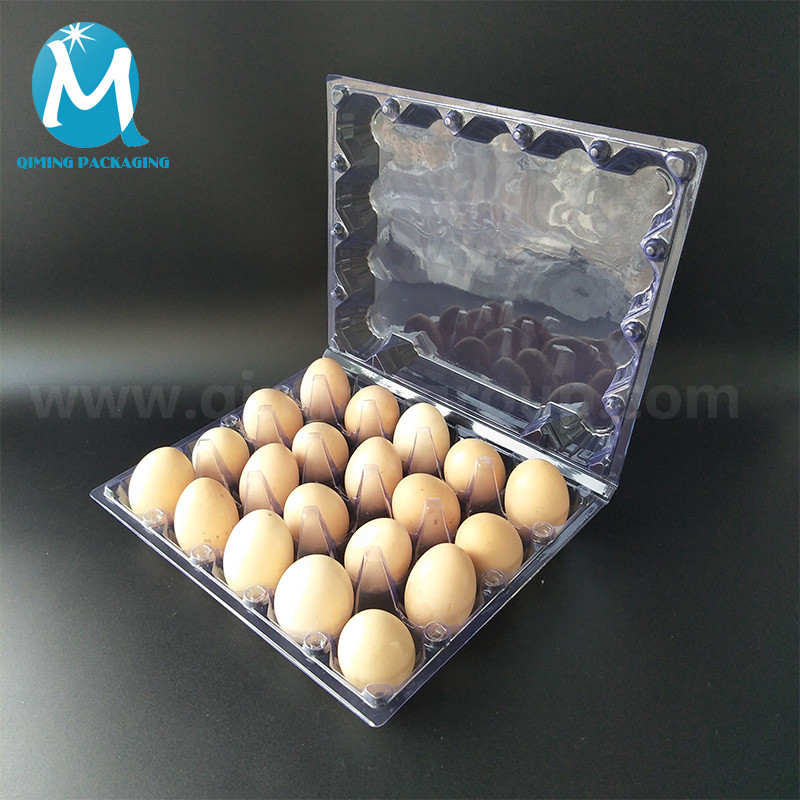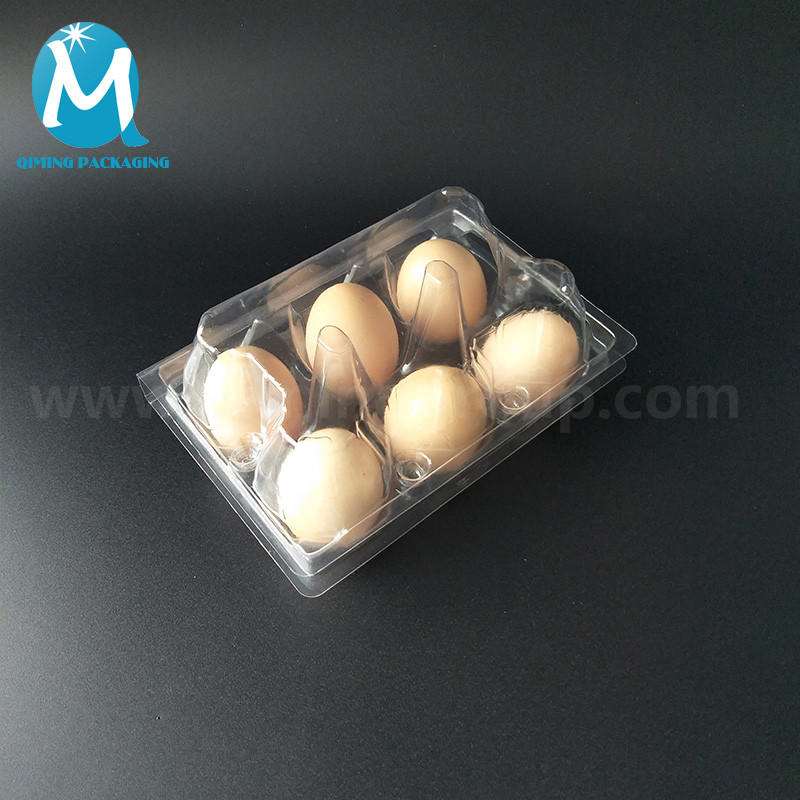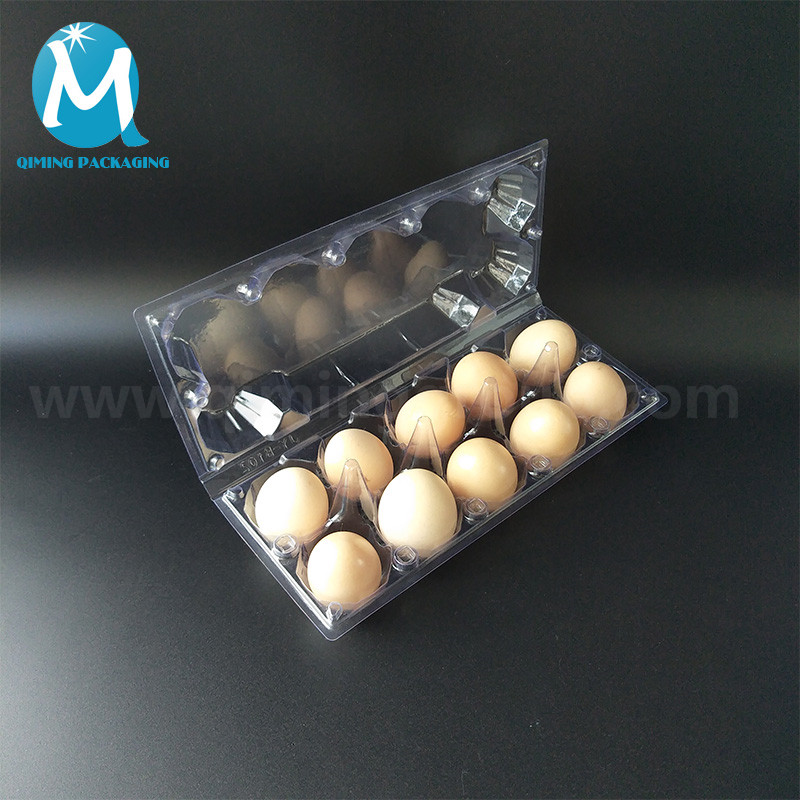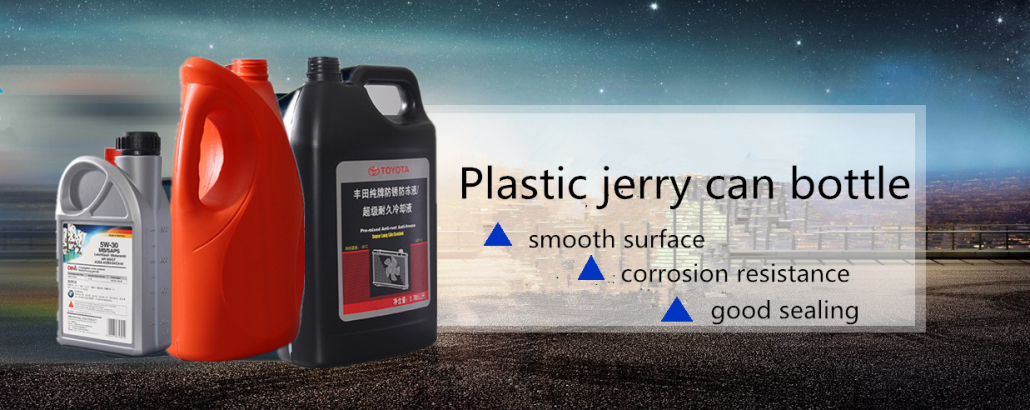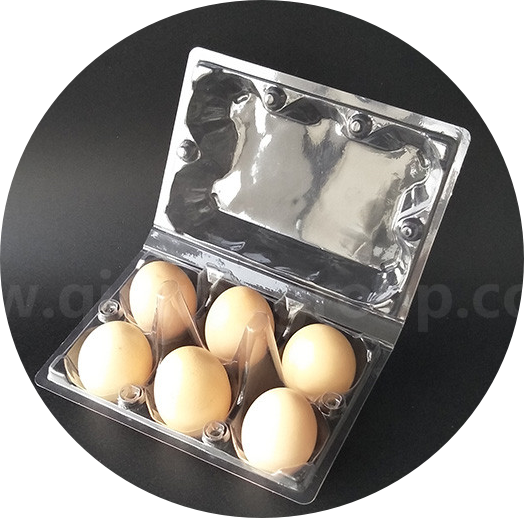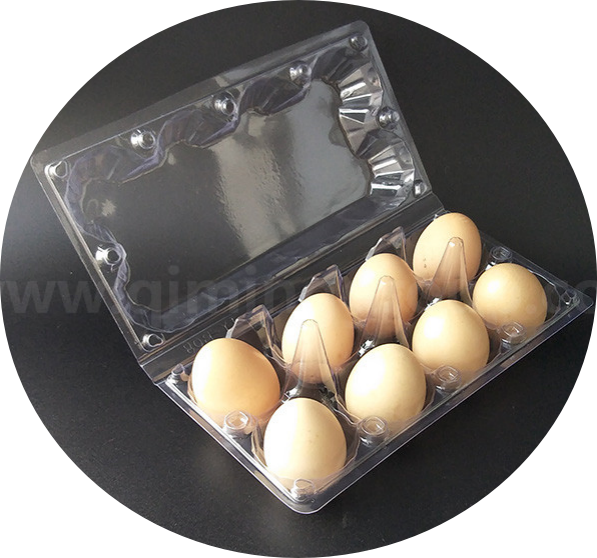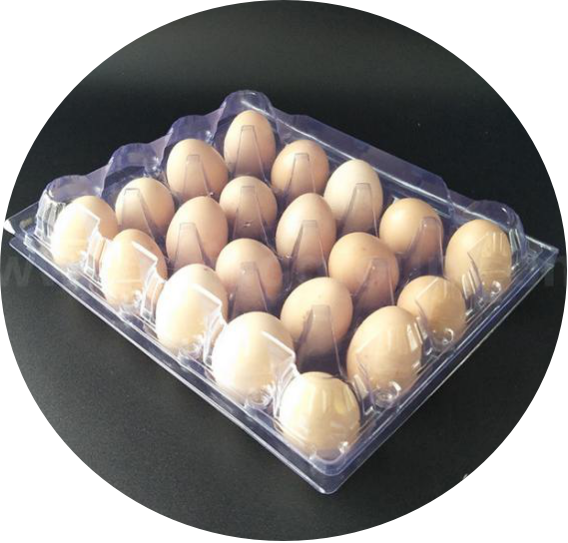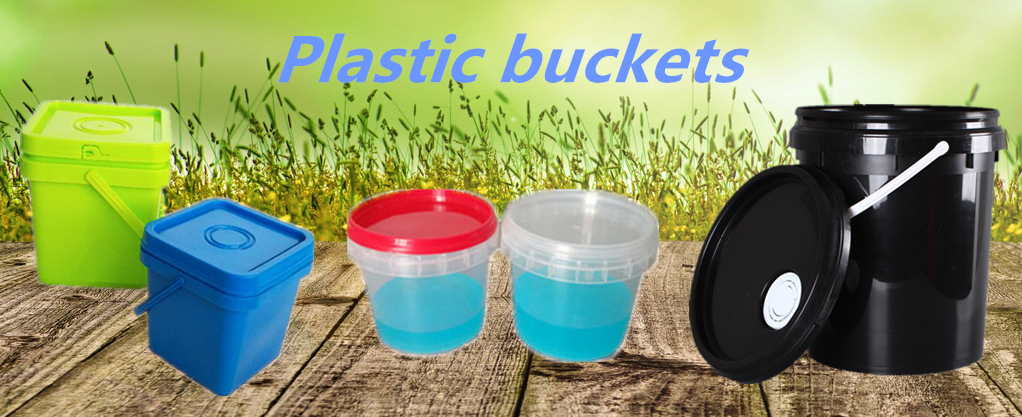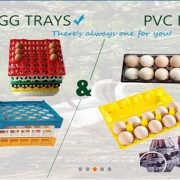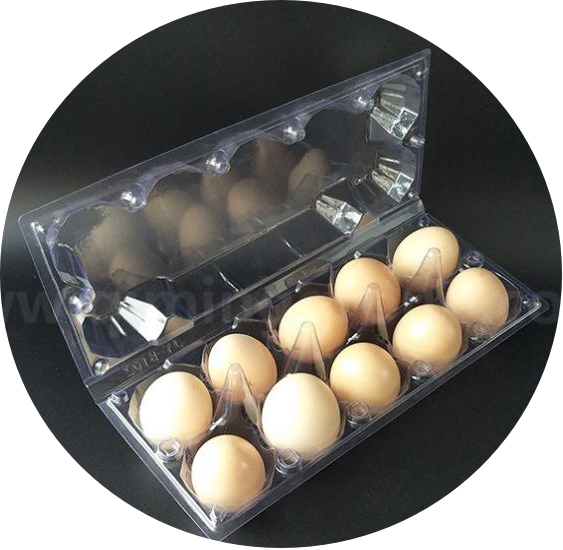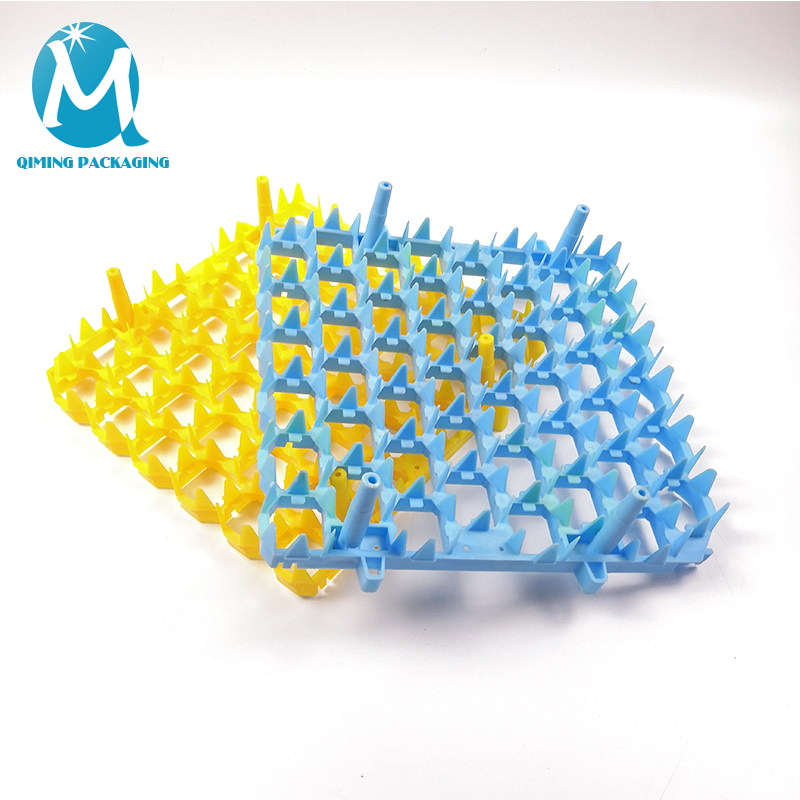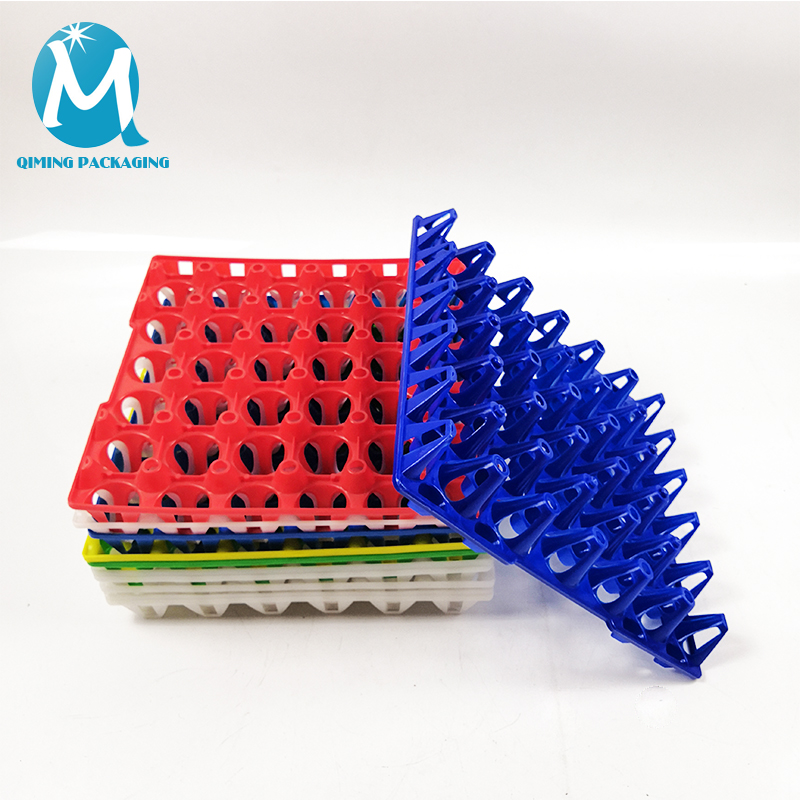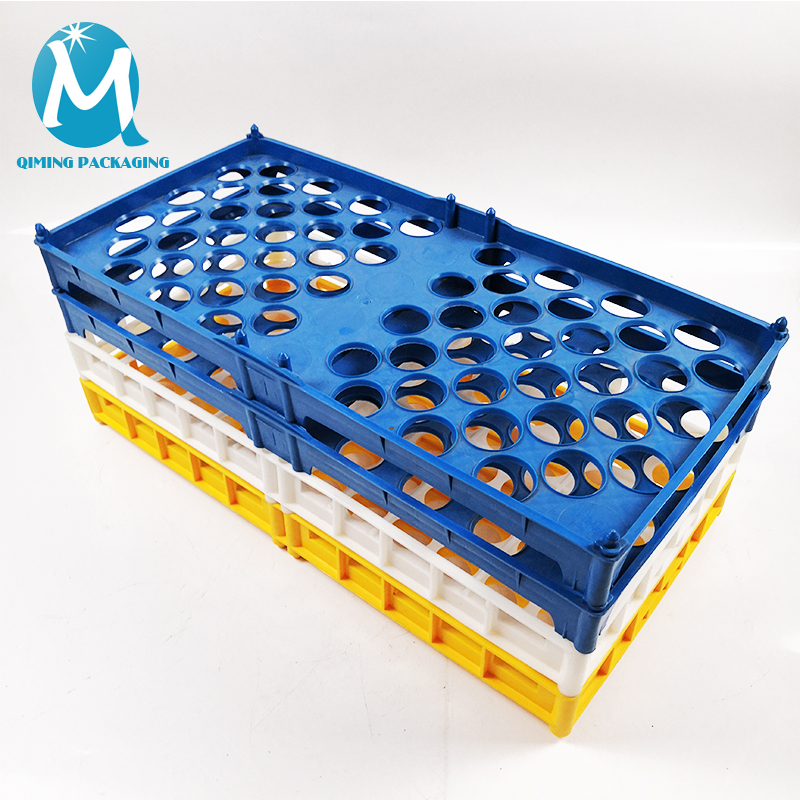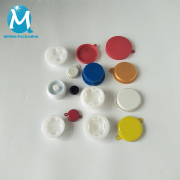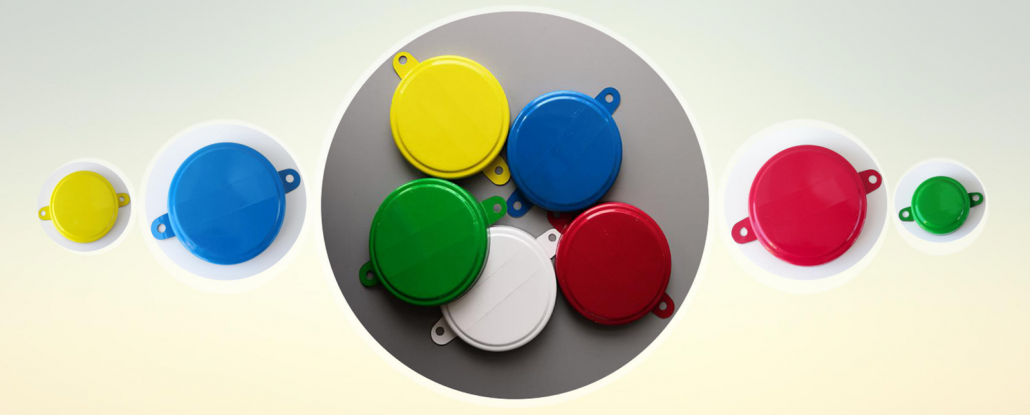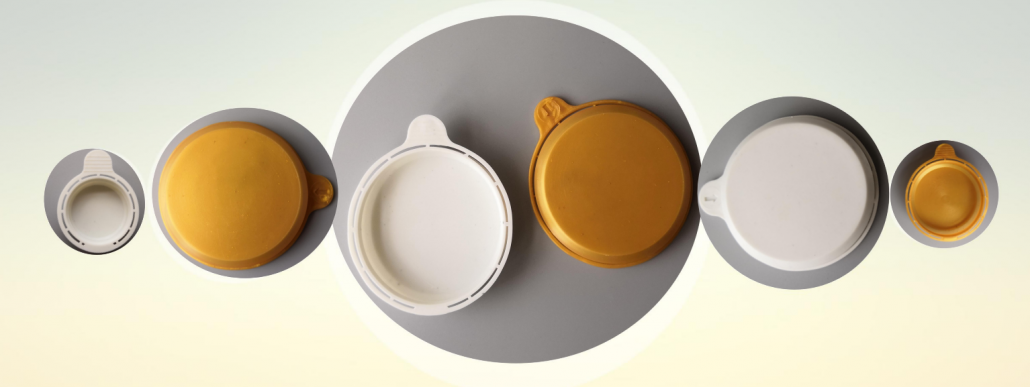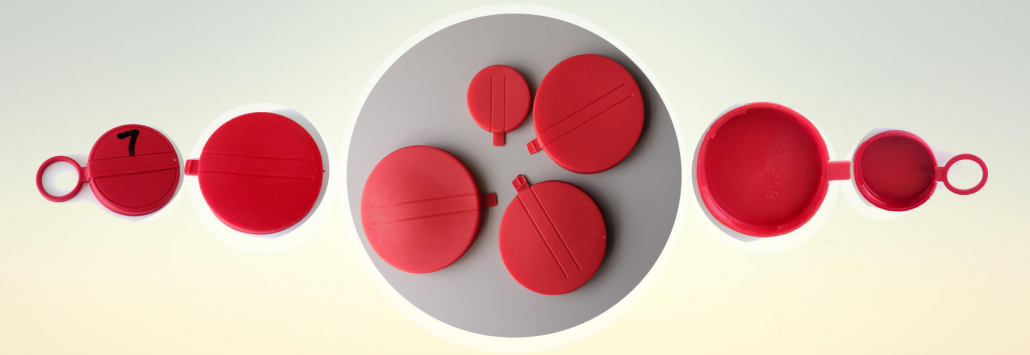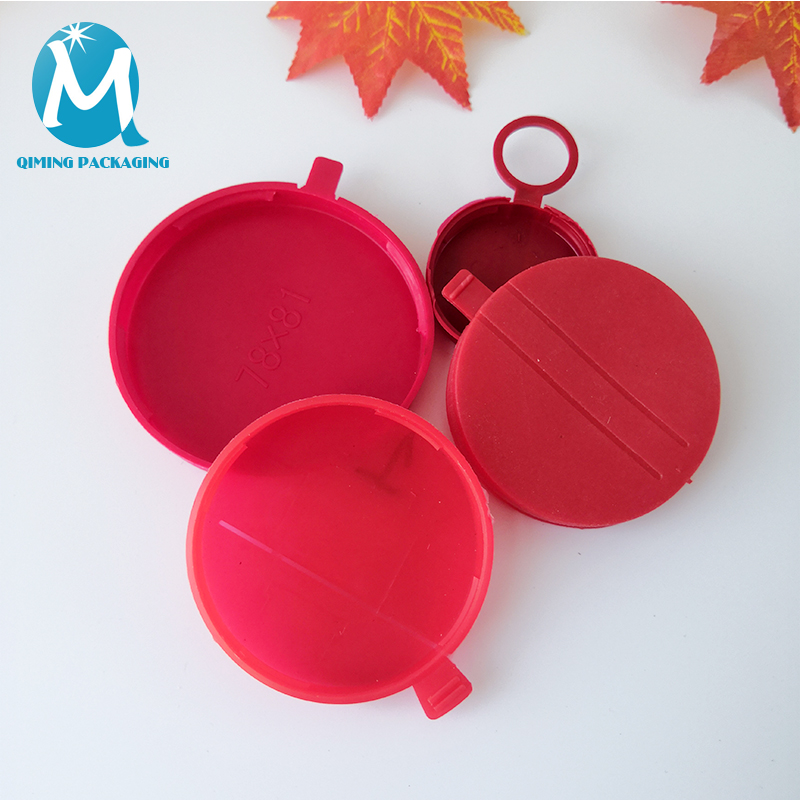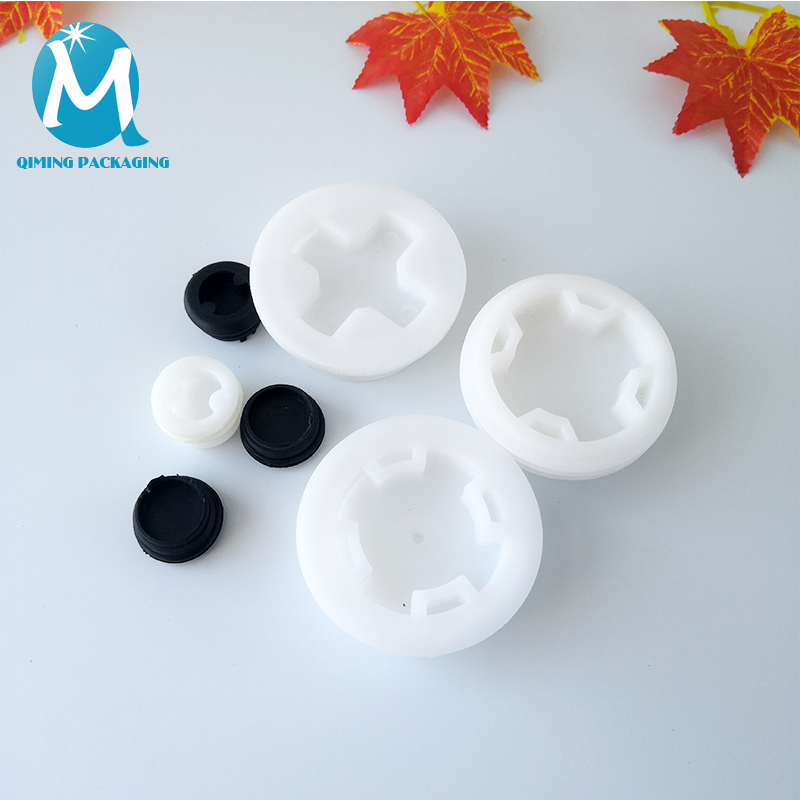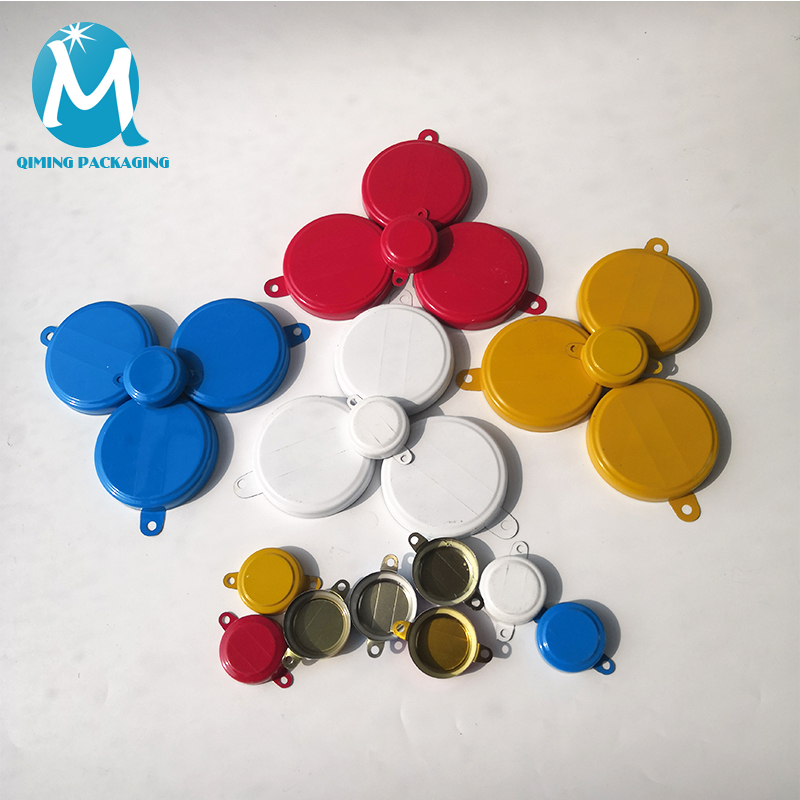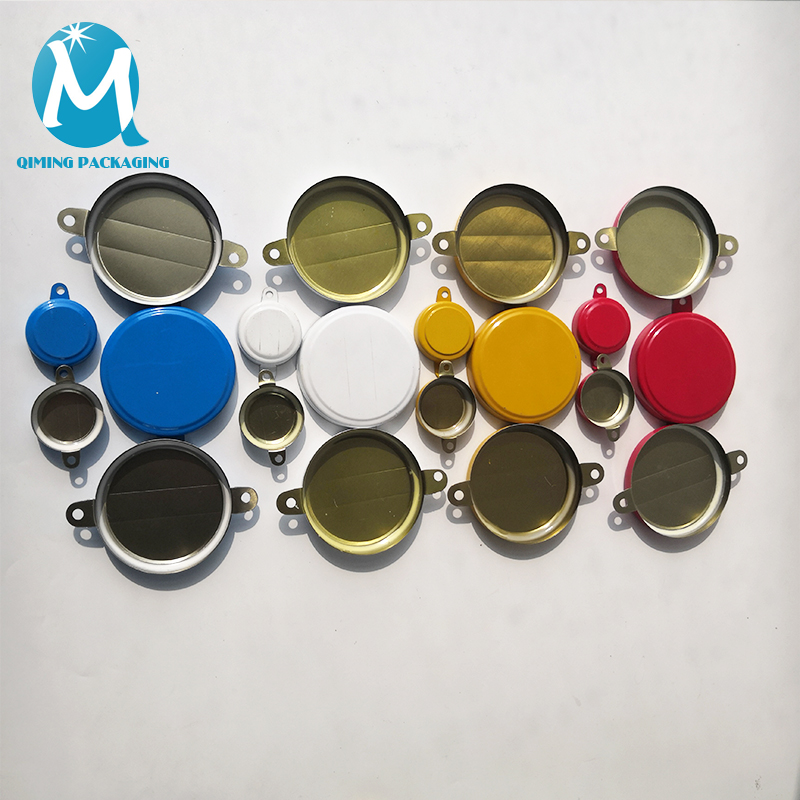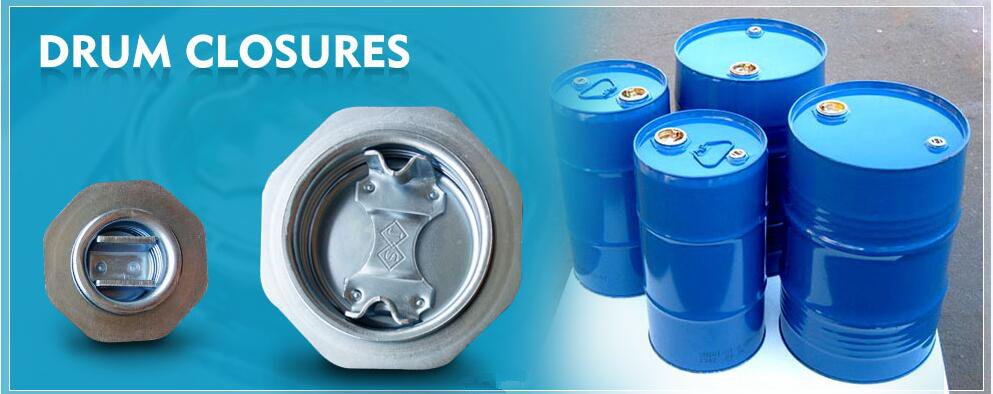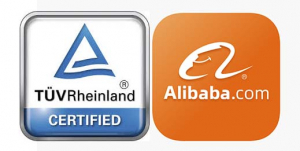6 Things Must Know Before Buying Pet Food Can Lids
We think that one of the most enriching and delightful experiences in life is to own a pet. An animal which you nurture and take care of by yourself or with the help of your family is bound to be an almost never-ending source of joy and happiness, a creature which will be very grateful to you and who will amaze you with its tricks and personality. When you get a pet you will—without a doubt—have to take care of a creature which will depend entirely on you. The life or death of another being will be in your hands and this alone will make you a more responsible person. You will need to always keep a watchful eye on your pet and this will boost your ability to control other tasks. Effectively having a pet makes a person more responsible, the level of commitment and care of the owner will inevitably reflect on their pet. When they are young animals generally can’t eat as much canned food, so it is a pity and a waste to throw away the remaining food. What do you do at this time? Maybe from the lid that can be kept food fresh. But there are many kinds of products in the market, and some are good and some are bad in qualities. What kind of pet food lids is the most suitable? The following content will briefly say 6 important information, we hope it is helpful to your purchase.
1. About Silicone Cat/Dog Food Can Lids
Qiming Packaging Pet Food Lids have two material lids, PE material lids, and silicone material lids, they have many usages, which is the reason of popularity of many countries:
A.Cover Food, fruit, vegetables, seafood, etc.
B.Cover the canning tin containers
C.Isolation of odor, preservation, and prevention of food oxidation and deterioration.
2. Kinds of Cat/Dog Food Can Lids
A. PE Dog/Cat Food Can Covers Lids
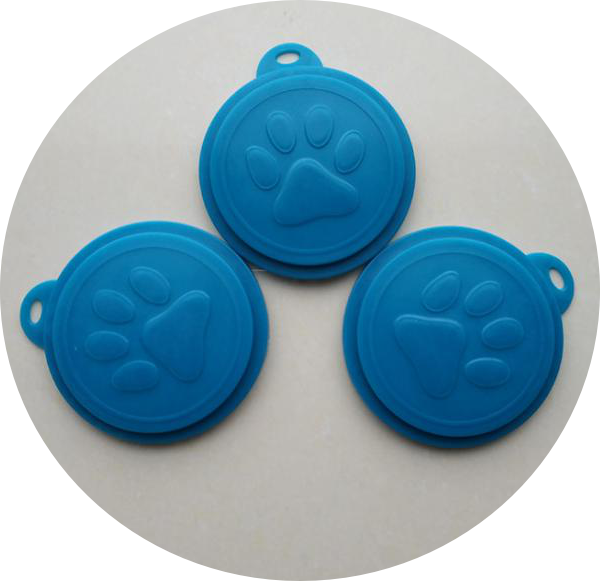
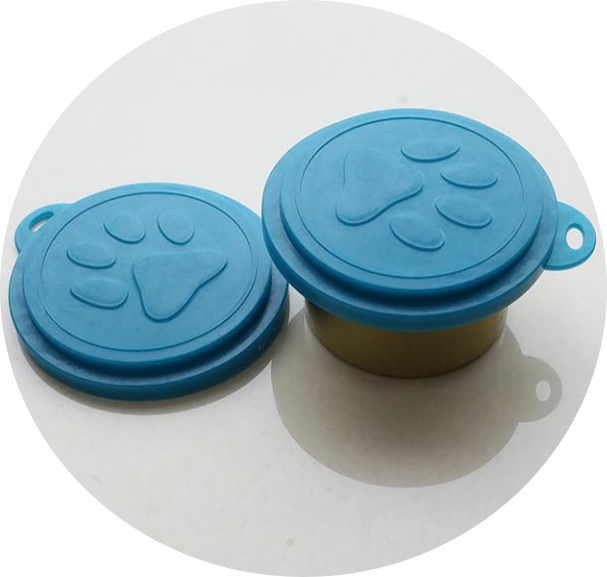
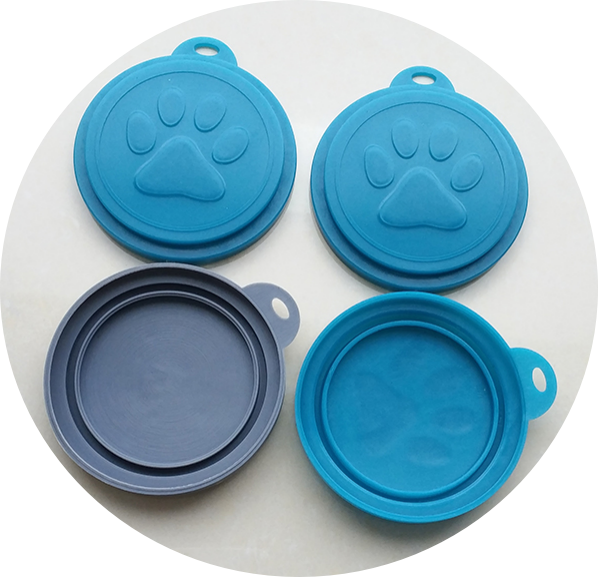
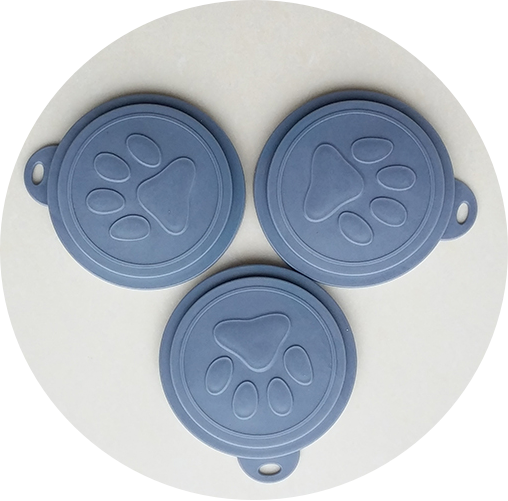
B. Silicone Kitten/puppy Food Can Cover Lids
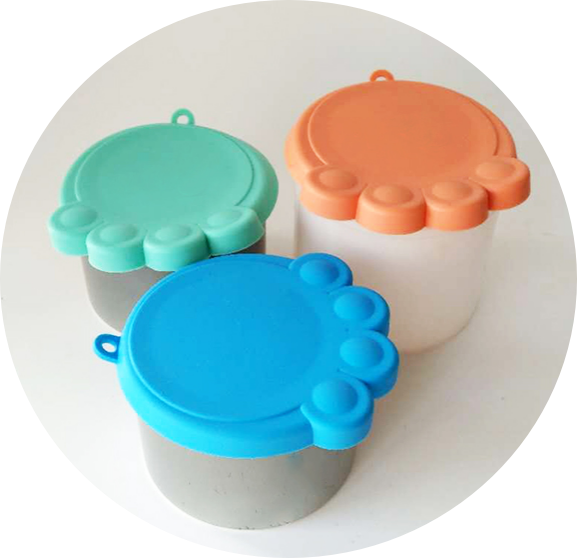
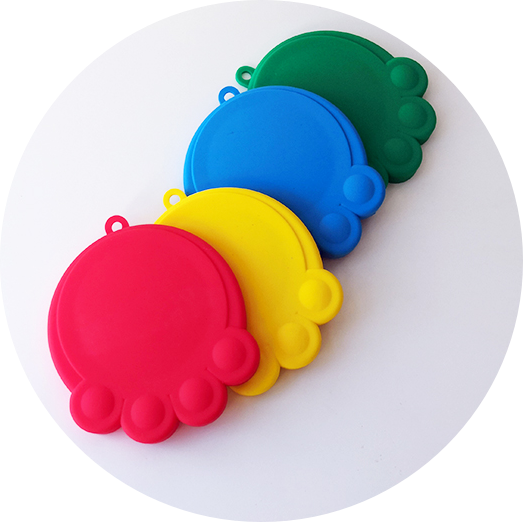
Qiming Packaging, customized logo or printing or engraving logo available
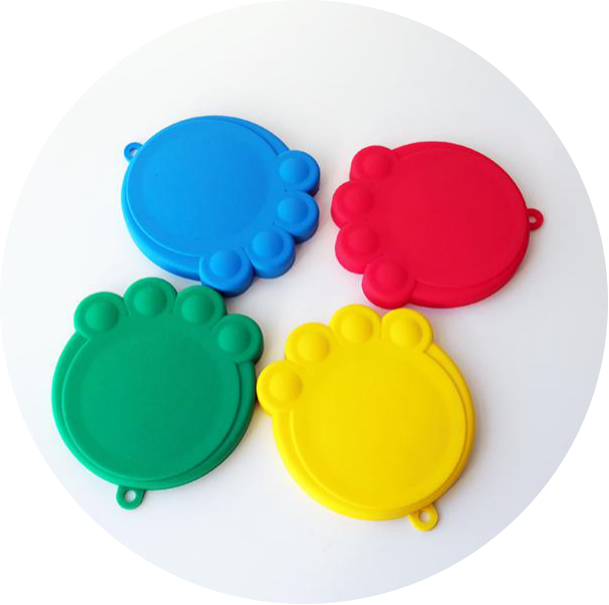
1 Lid with 3 sizes
Contact for more, or FREE samples mail@qiminggroup.com
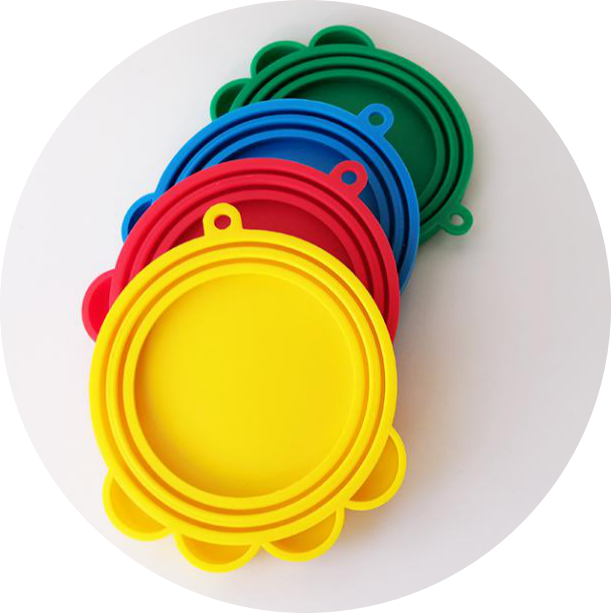
3. The Function of the Puppy/Kitten Food Can Covers Lids
Seal and cover pet food or all kinds of canned food to prevent food deterioration, isolate odor, prevent bacterial breeding.
A.Cover Food, fruit, vegetables, seafood, etc.
B.Cover the canning tin containers
C.Isolation of odor, preservation, and prevention of food oxidation and deterioration.
4. Specifications of the Puppy/KittenFood Can Covers Lids
A.PE Pet Food Can Lids
Size: 65mm-75mm-85mm
Color: Blue, Grey and customized colors as your demand
Material: PE
Weight: 16g or as per request
Logo: Carved logo based on MOQ
Packaging: Strong cartons+pallets
Sample: Provided freely
Delivery: 5-7 Working days after full payment
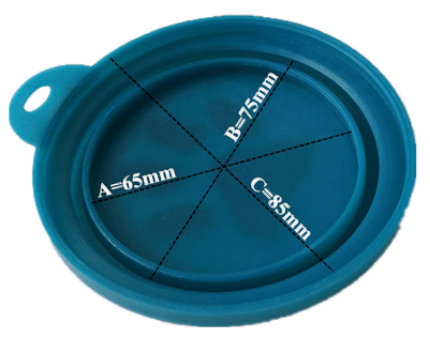
If you are not fond of this type, please try our another website to see more.
B.Silicone Pet Food Can Lids
Size: 65mm-75mm-85mm
Material: Silicone
Color: Red, Blue, Green, Yellow or customized color
Weight: 40g
Logo: Printed logo based on MOQ
Packaging: Strong cartons+pallets
Sample: Provided freely
Delivery: 5-7 Working days after full payment
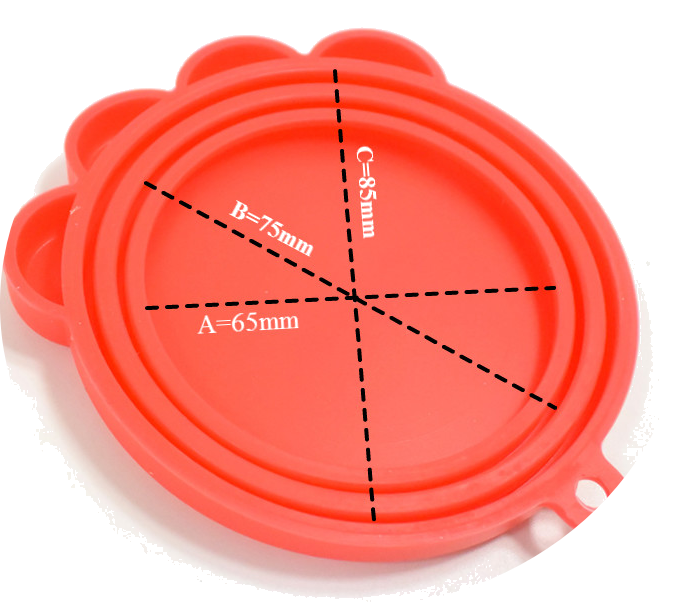
5. Features of the Pet Food Can Covers Lids
A.PE Puppy’s or Kitten’s Food Can Covers Lids
Ⅰ.Food grade PE material, products are in line with safety certification standards.
It is non-toxic and tasteless.
Ⅱ.Non-cracking, high-temperature and low-temperature resistance, can work normally in the range of -20℃ to +120℃. An essential product of daily food storage.
Ⅲ.The material is a little harder, not easy to distort, and abrasion resistance and long service life.
B. Silicone Cat/DogFood Can Covers Lids
Ⅰ.Food grade silicone material, product are in line with FDA, safety certification standards. It is non-toxic and tasteless.
Ⅱ.Non-cracking, high-temperature and low-temperature resistance, can work normally in the range of -50℃ to +230 ℃, can adapt to a variety of refrigerators, ovens, microwave ovens, and other appliances.
Ⅲ.Unique three layers of seal ring to meet most canned sizes in the market.
Ⅳ.The material is soft, elastic, comfortable, distortion, abrasion resistance and long service life.
Ⅴ.Can be reused, non-staining surface, small size, easy to carry, do not occupy space, easy to use and clean.
Ⅵ.Good sealing performance and moisture resistance.
6. Other Application Scenes
A.Cover Food, fruit, vegetables, seafood, etc.
B.Cover the canning tin/aluminum/glass/paper containers
C. Human used cans, cups, you can use it with confidence, Qiming packaging lids are fully in line with food-grade standards.

It is very important for people to know that nothing is eternal and that both humans and animals live and die. Having a pet helps people understand the cycle of life and how everything we have is bound to end someday. Dealing with life and death is one of the most difficult tasks in life and owning a pet prepares individuals to deal with the harsh emotional events in life. People who have owned several pets during their lifetime deal better with emotional trials and better endure emotional losses in their lives.
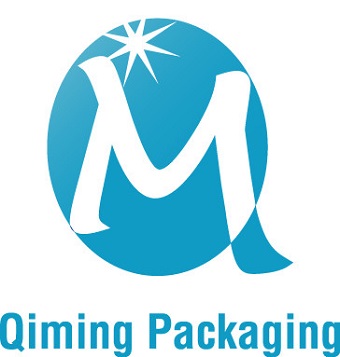
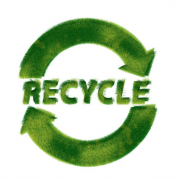
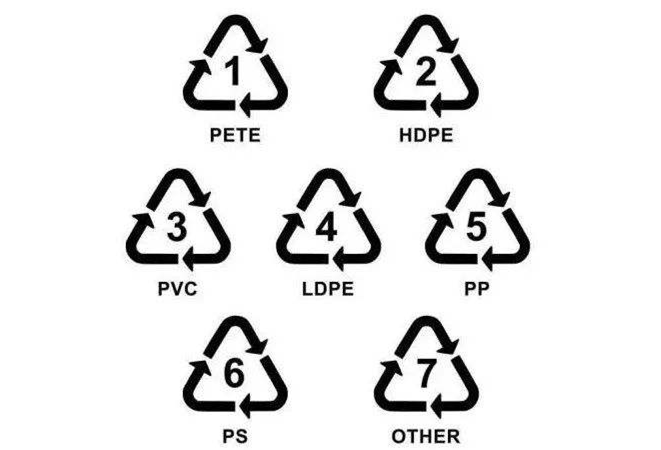
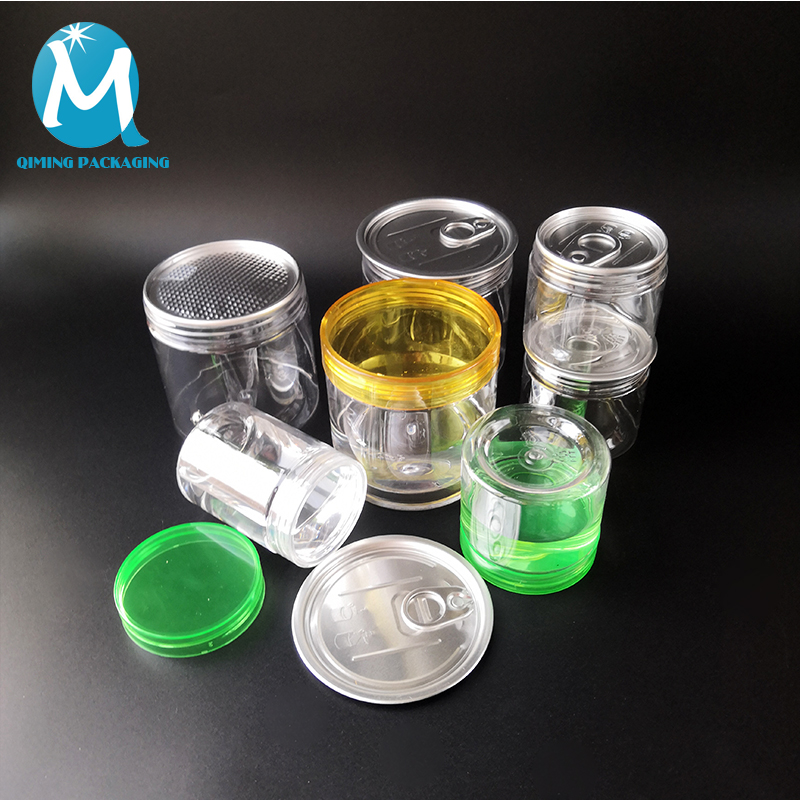
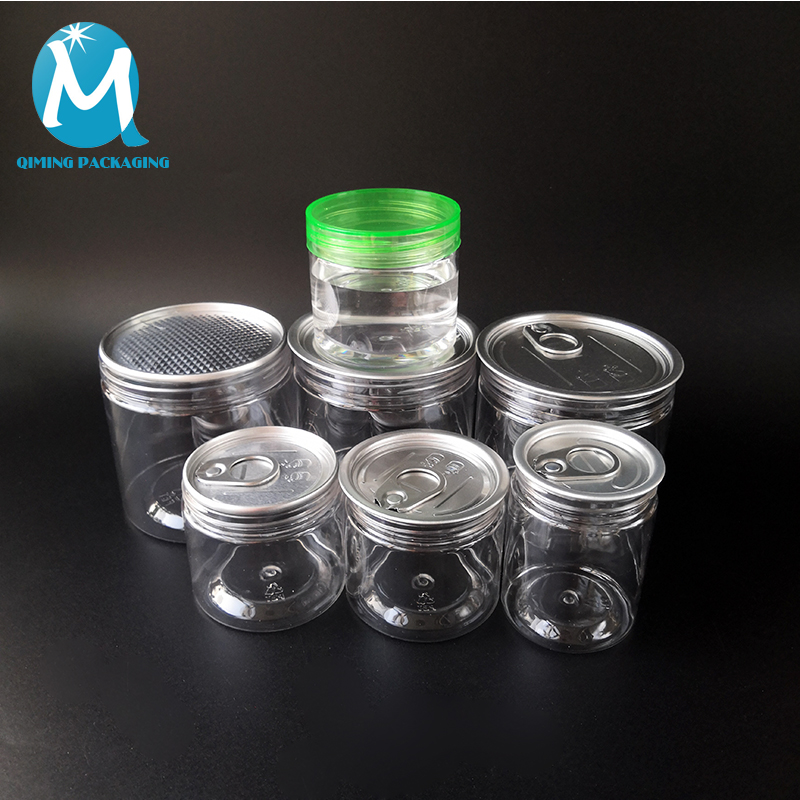
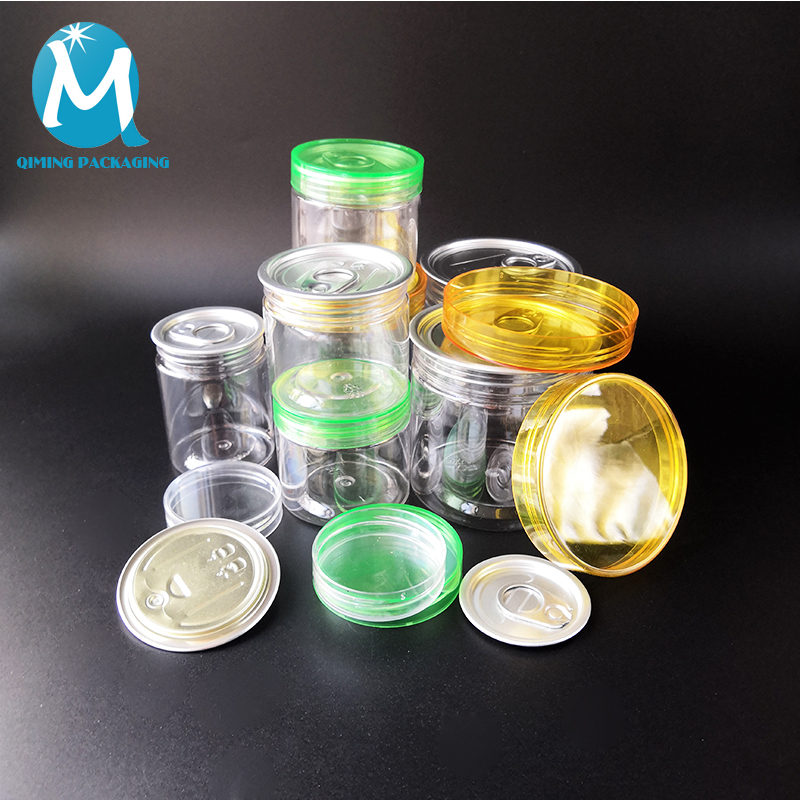
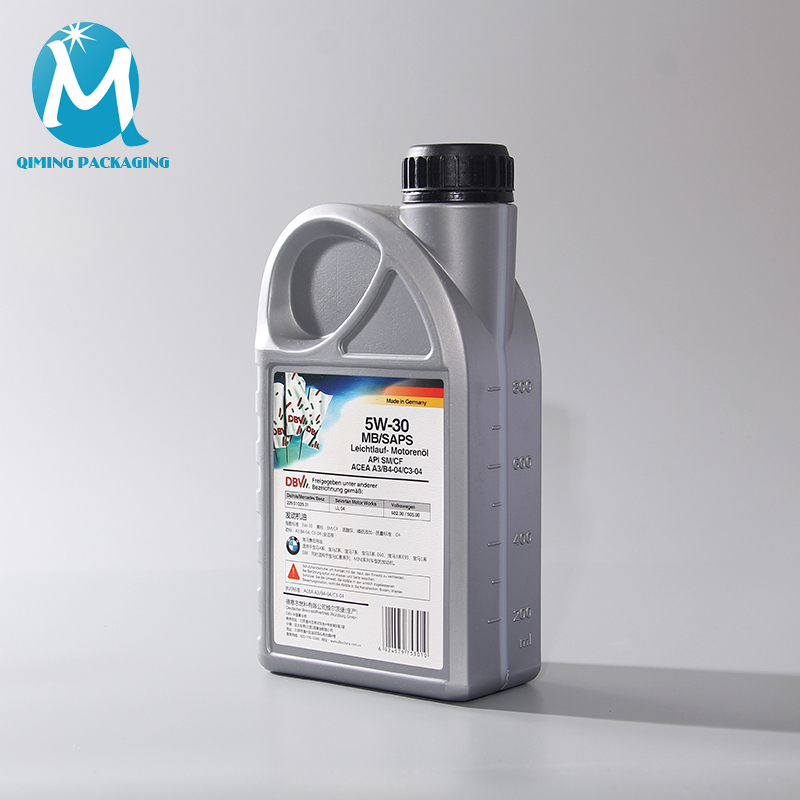
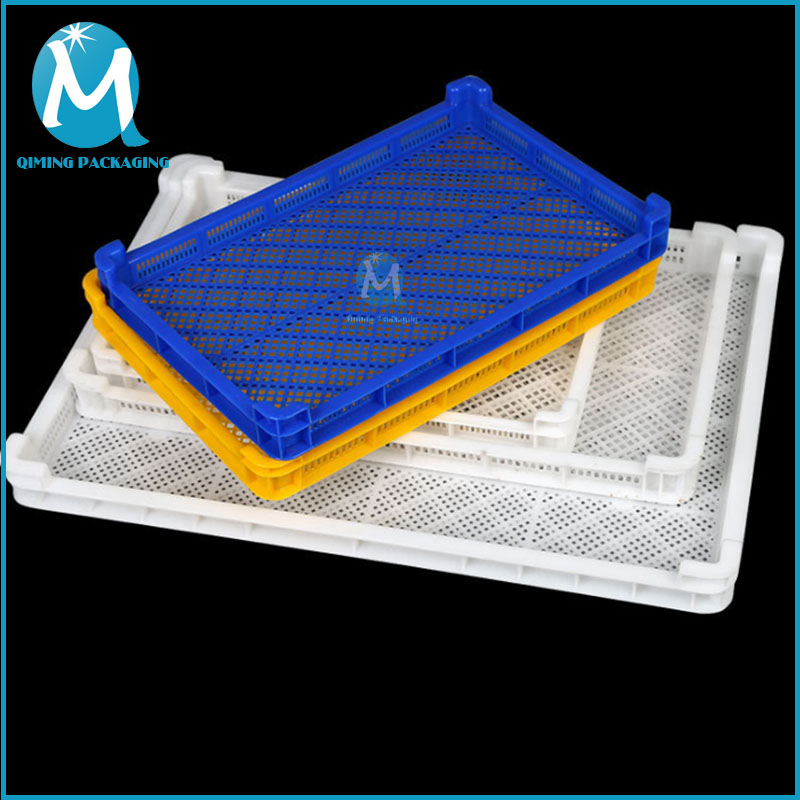
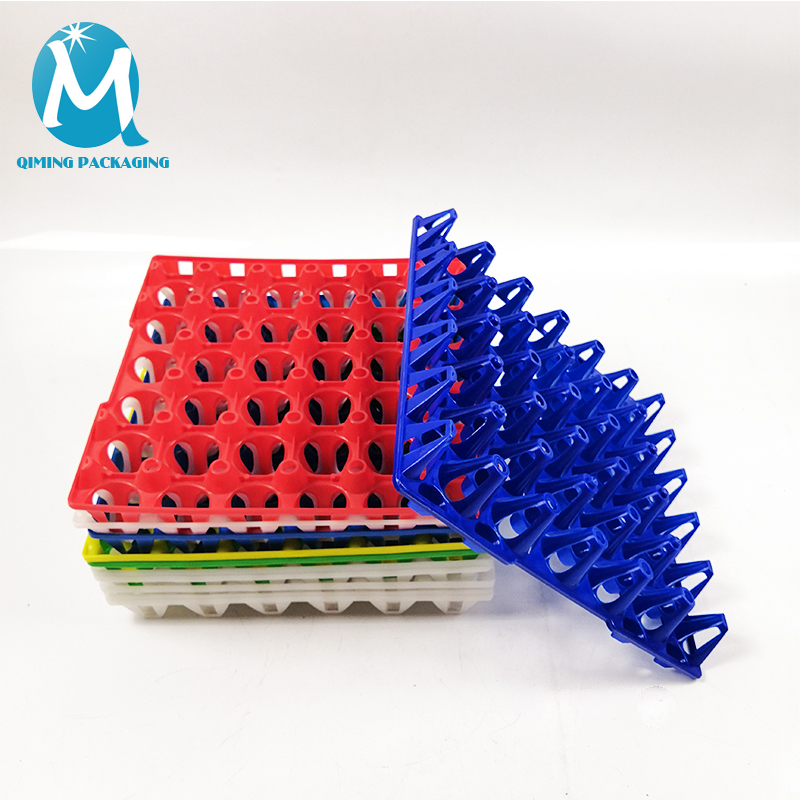
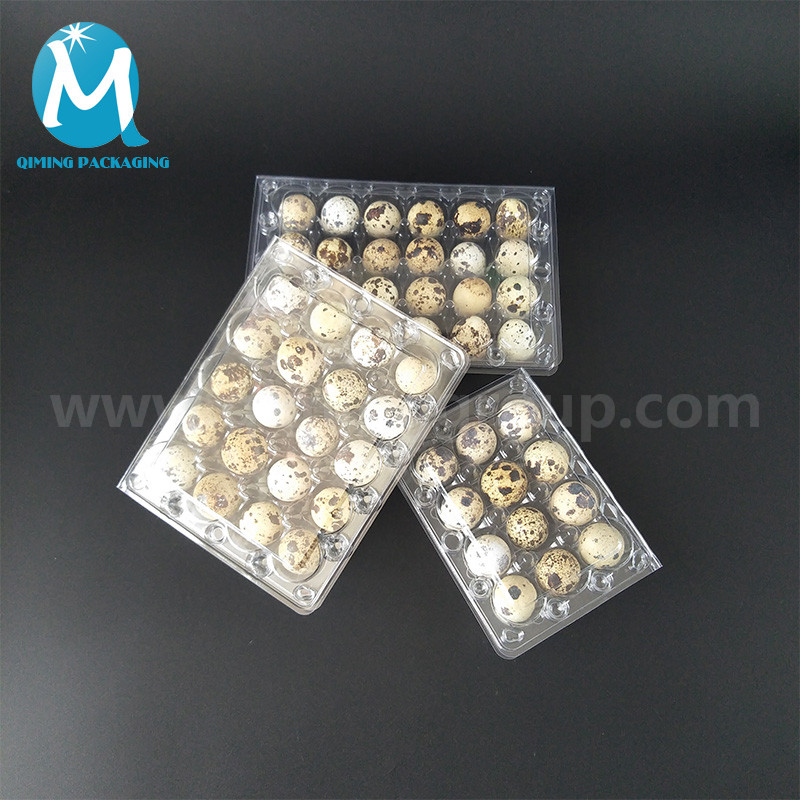
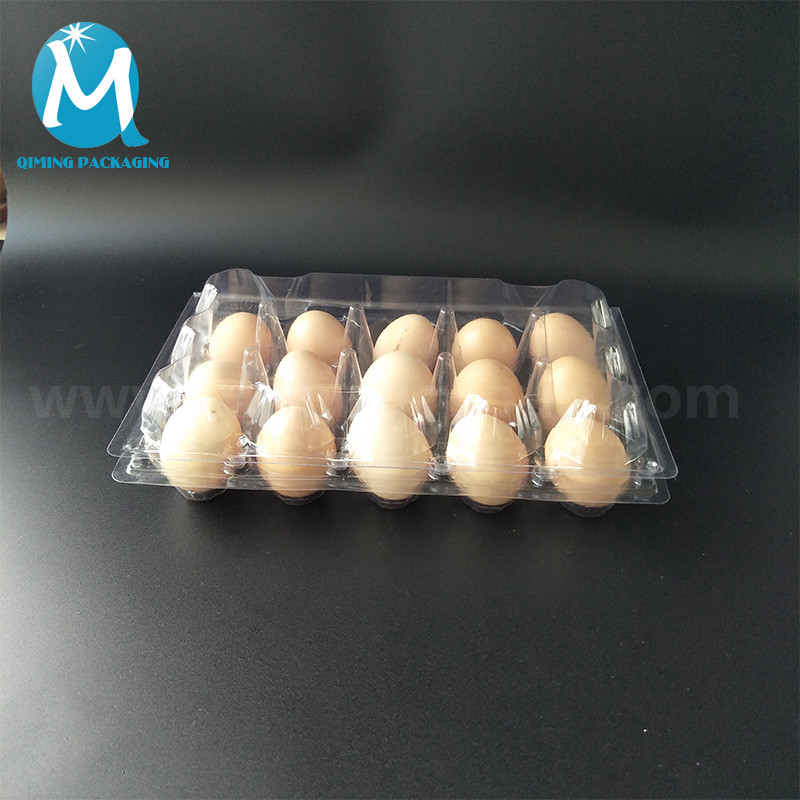
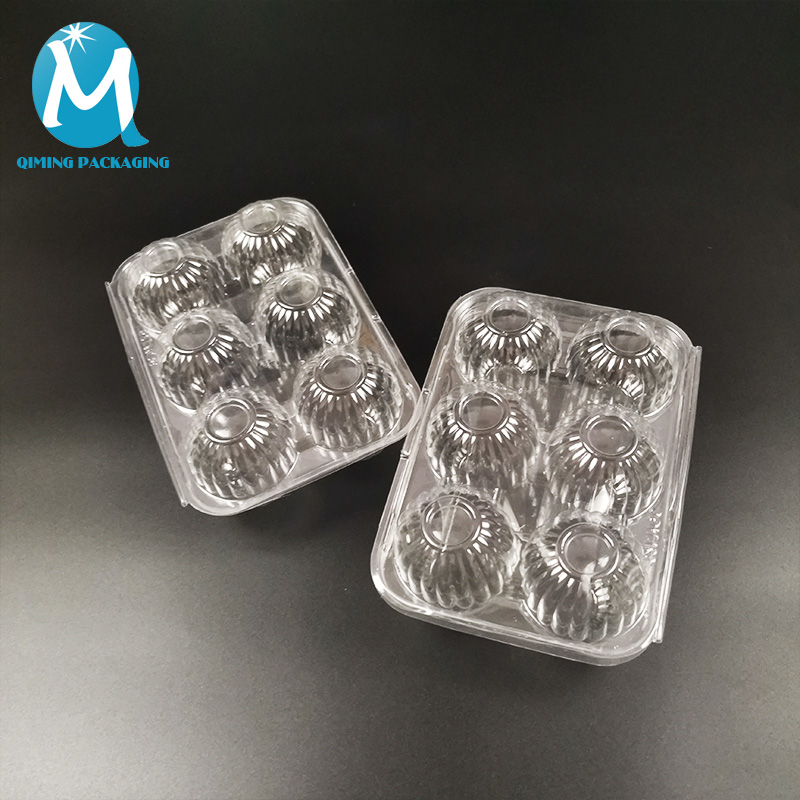
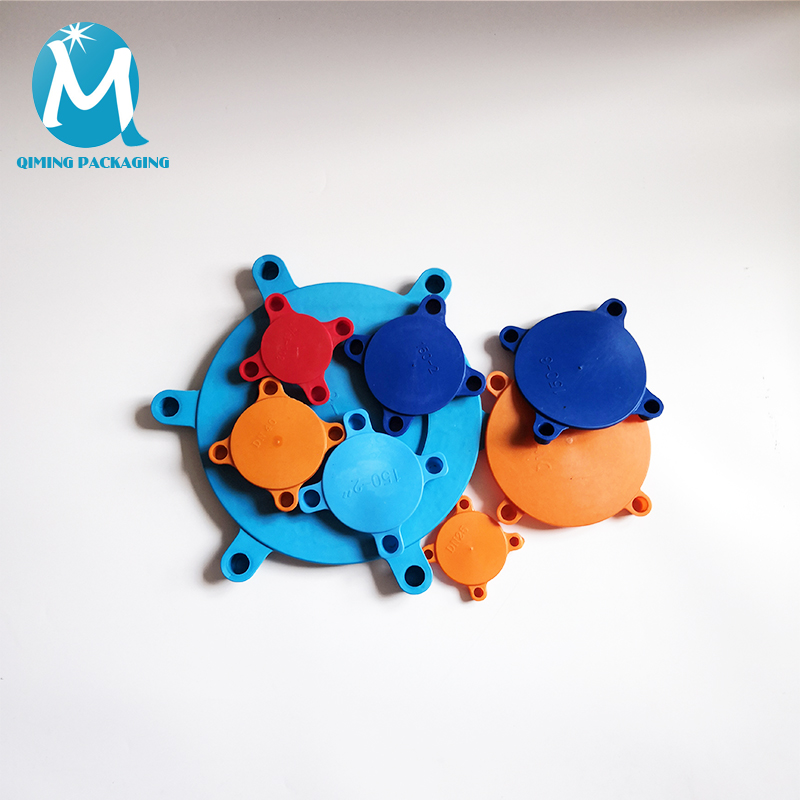
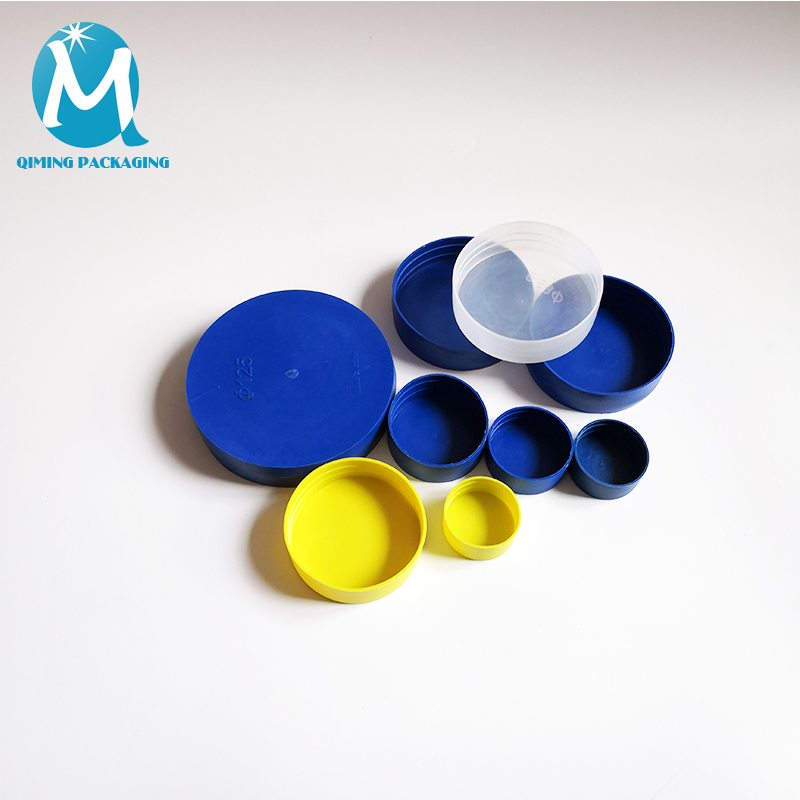
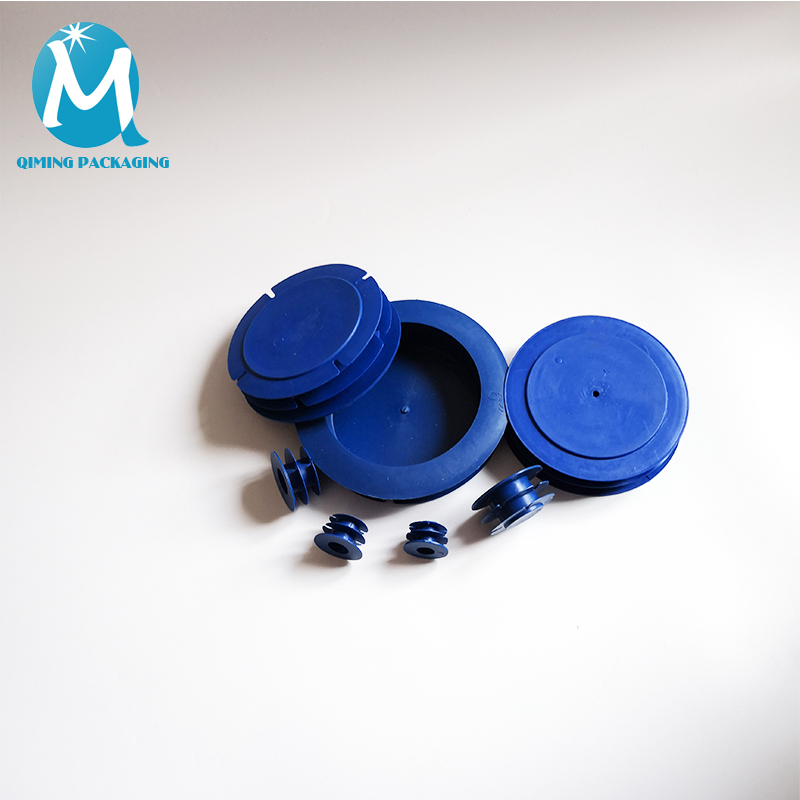
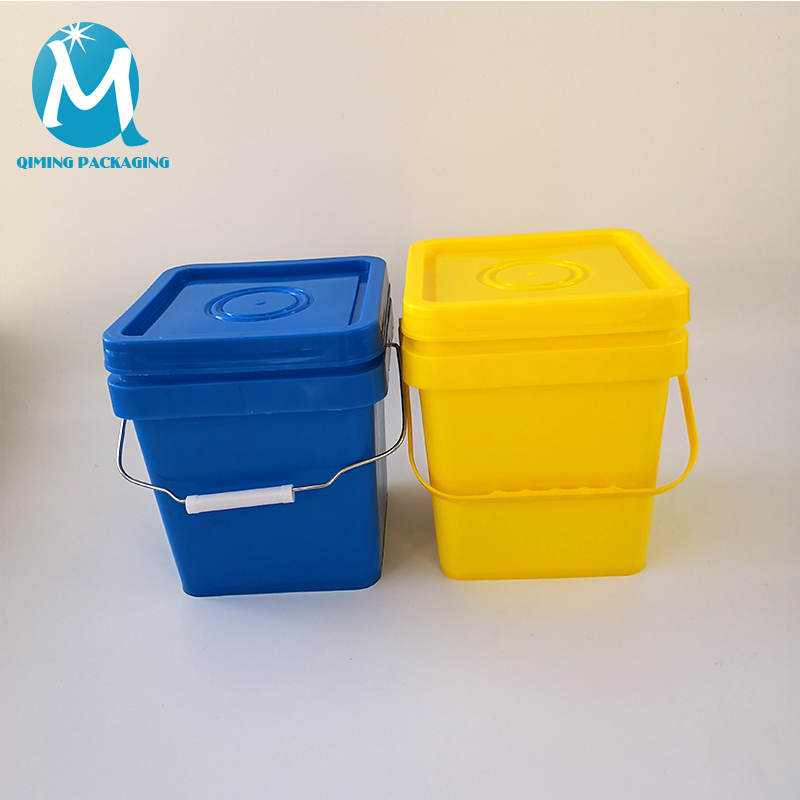
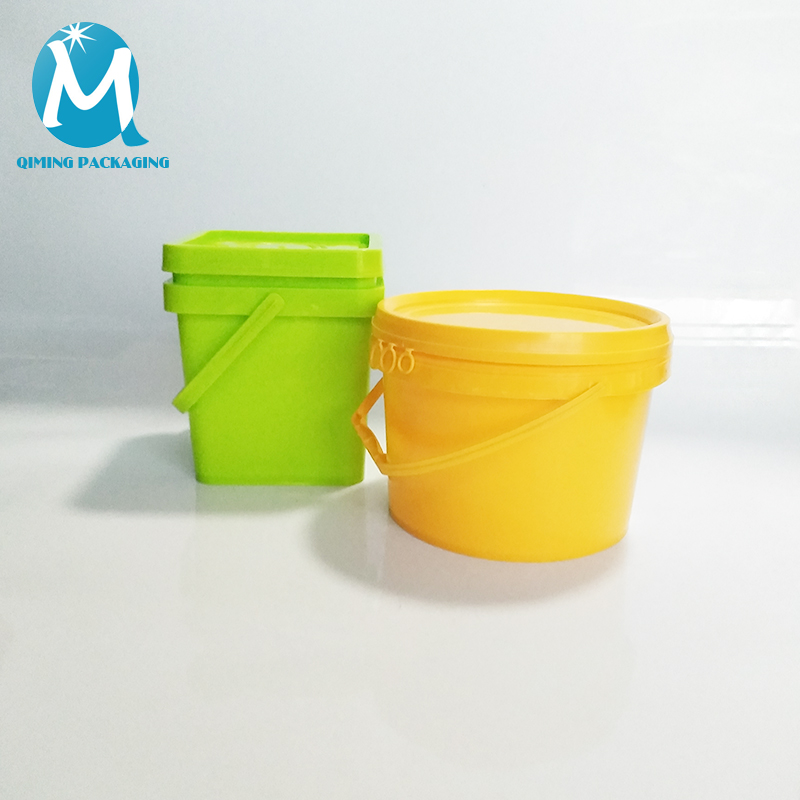
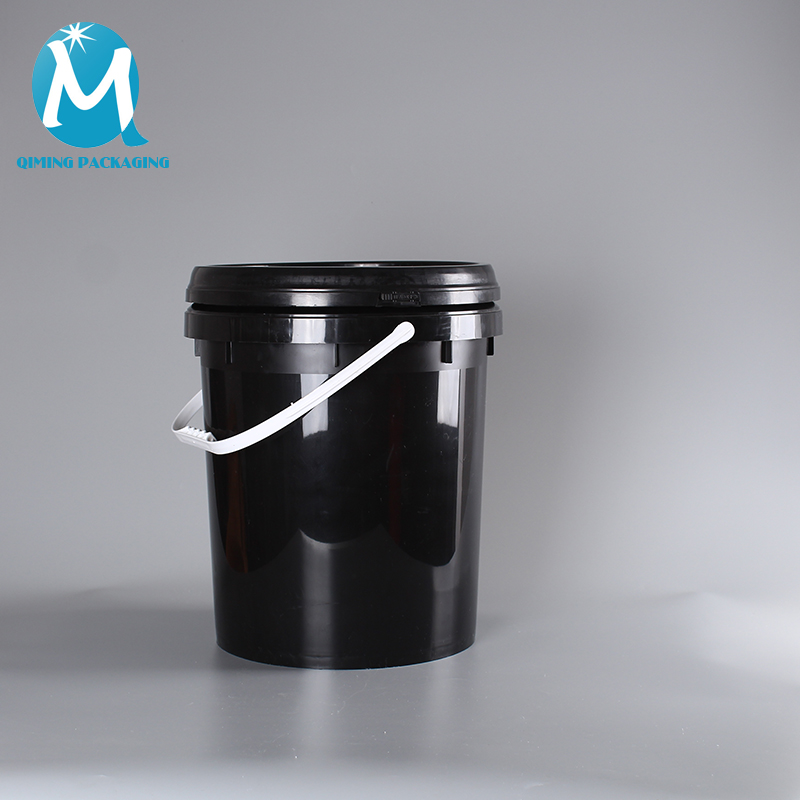
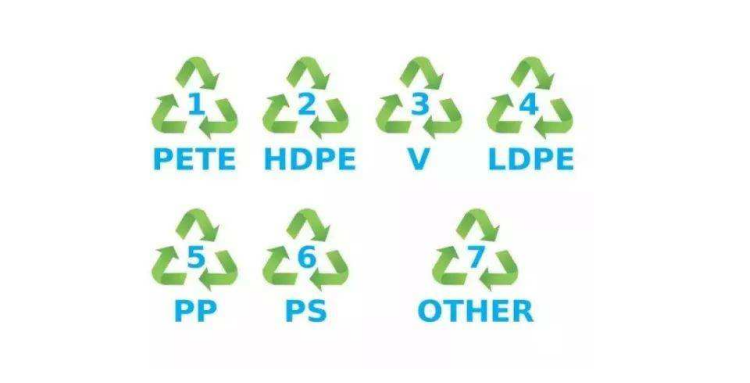
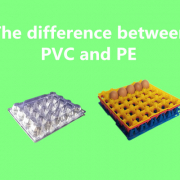
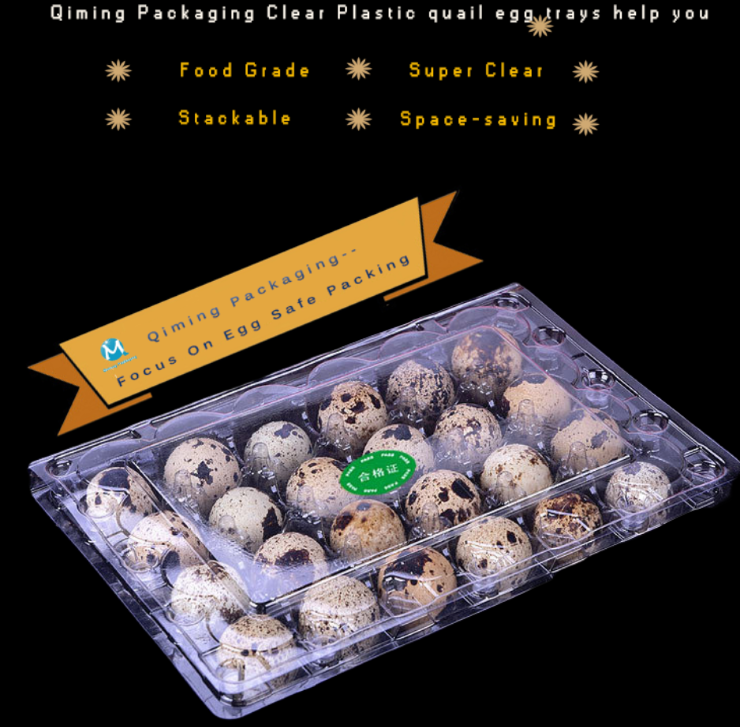
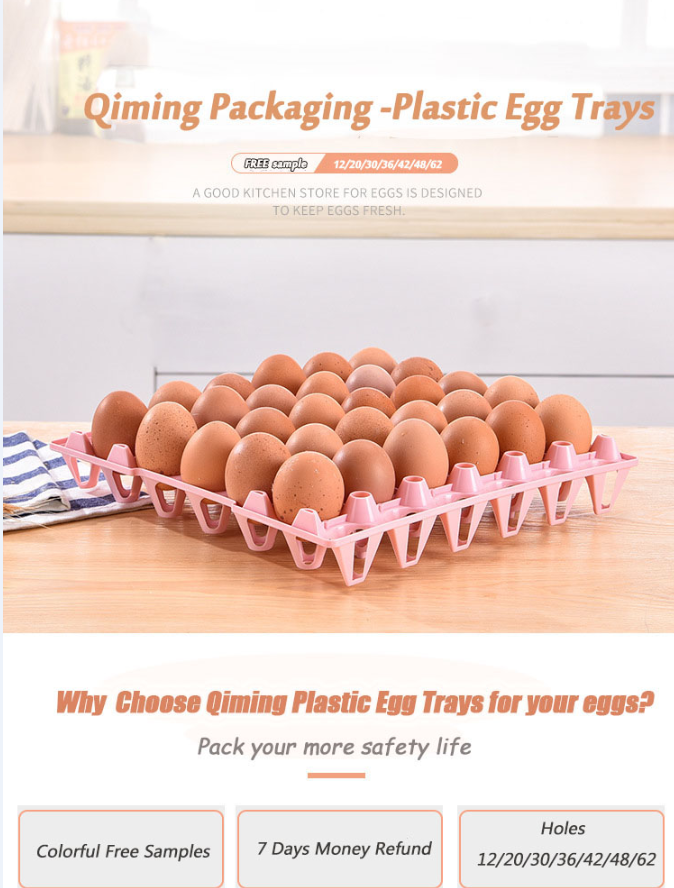
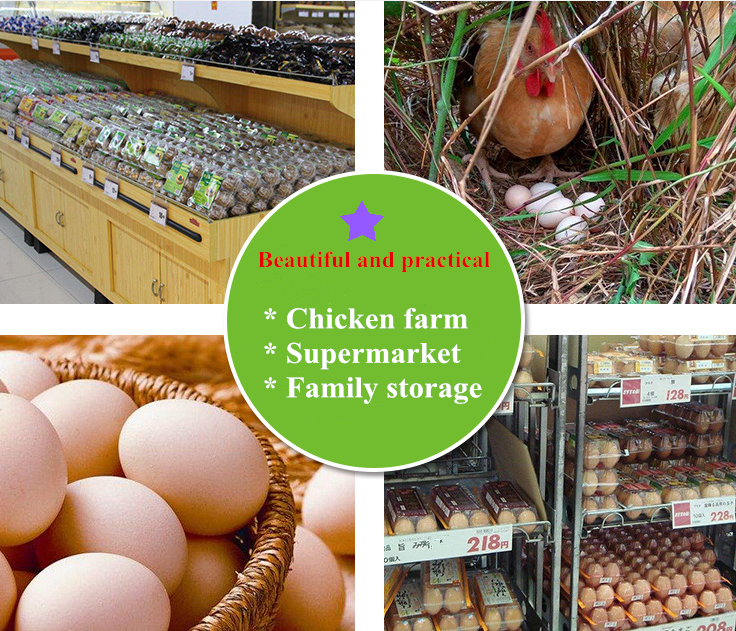
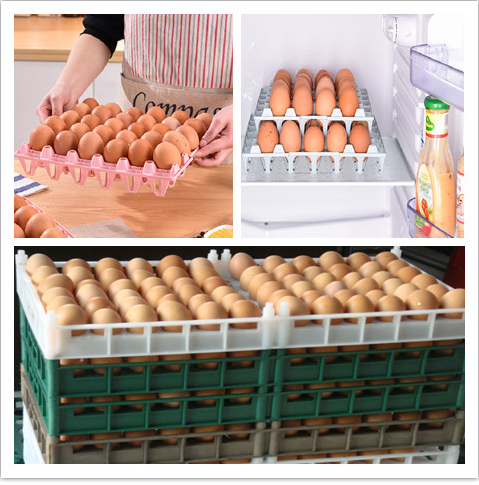
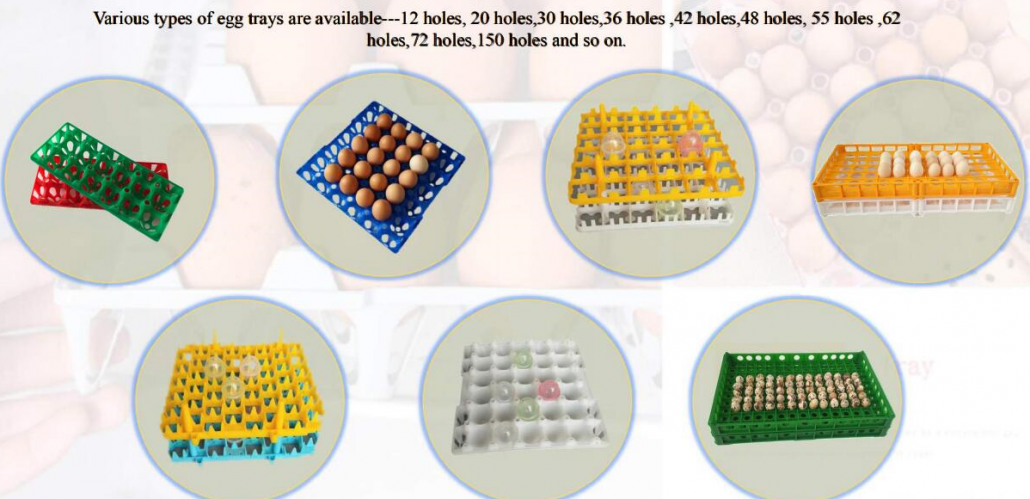
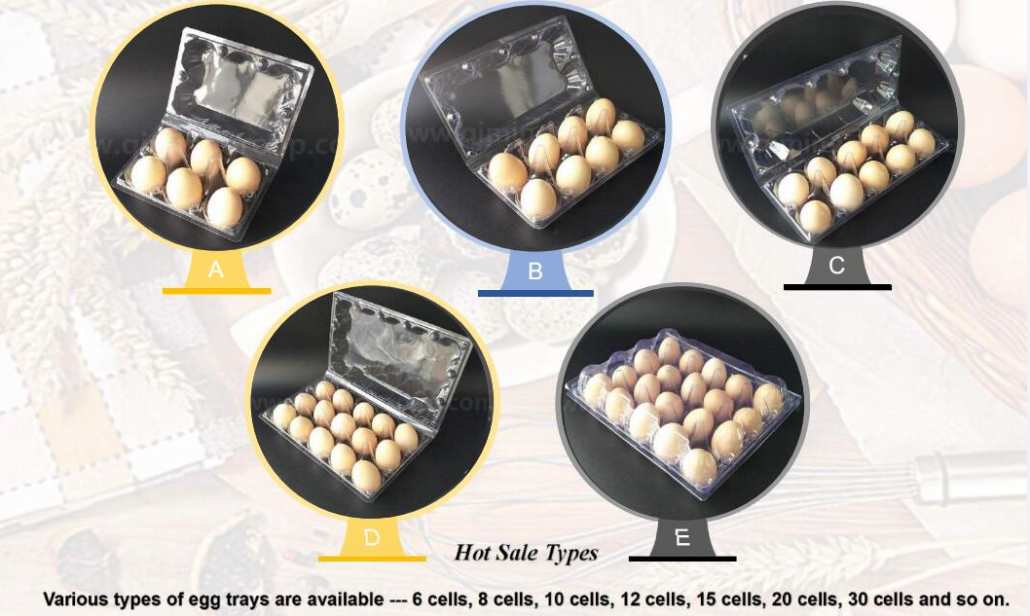
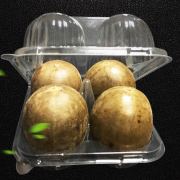
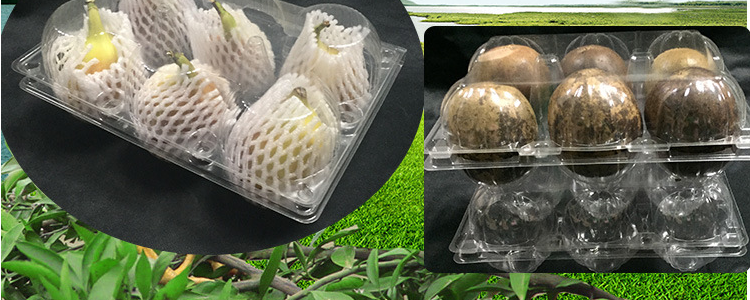
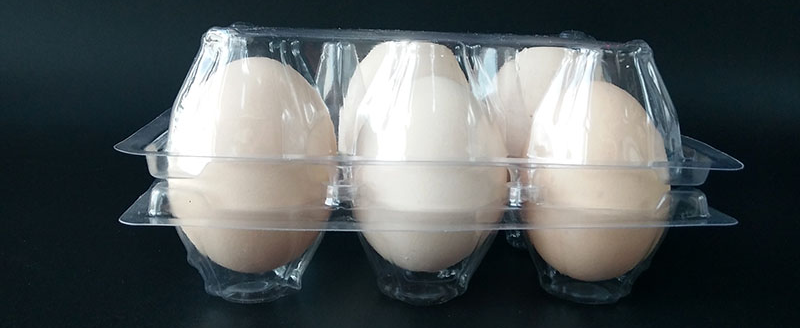
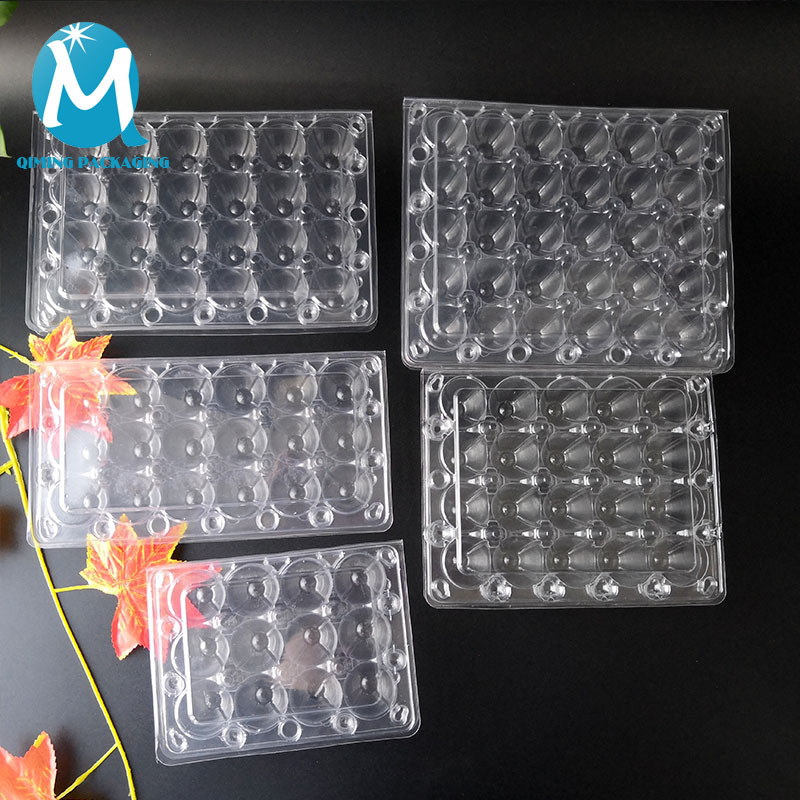
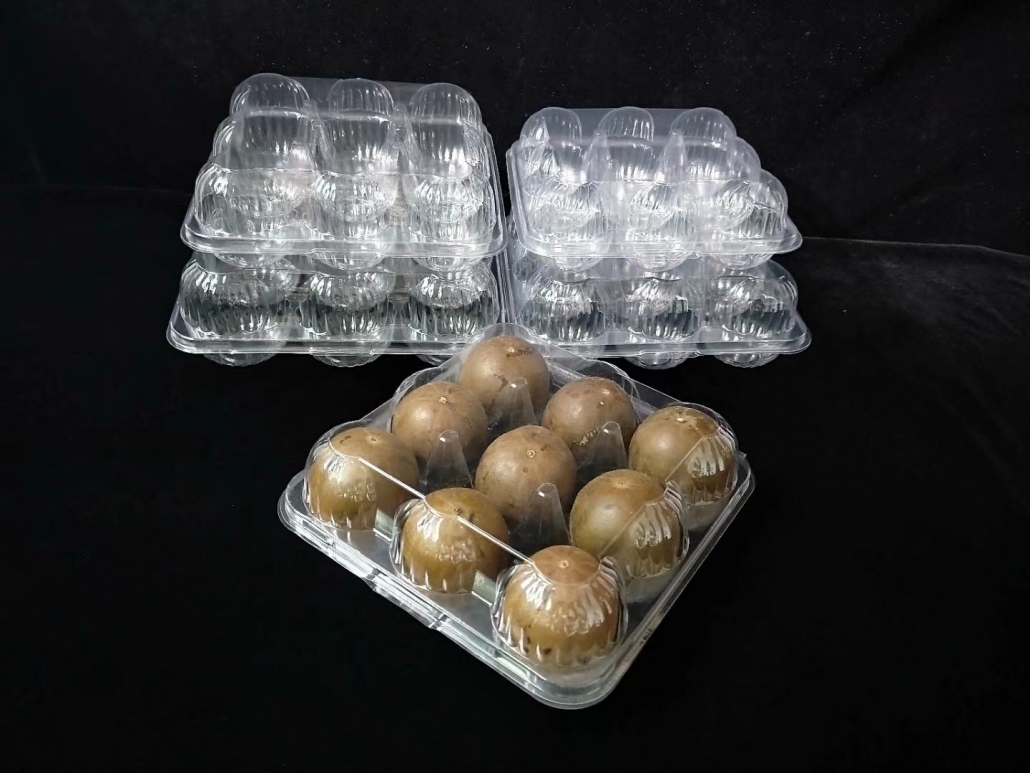
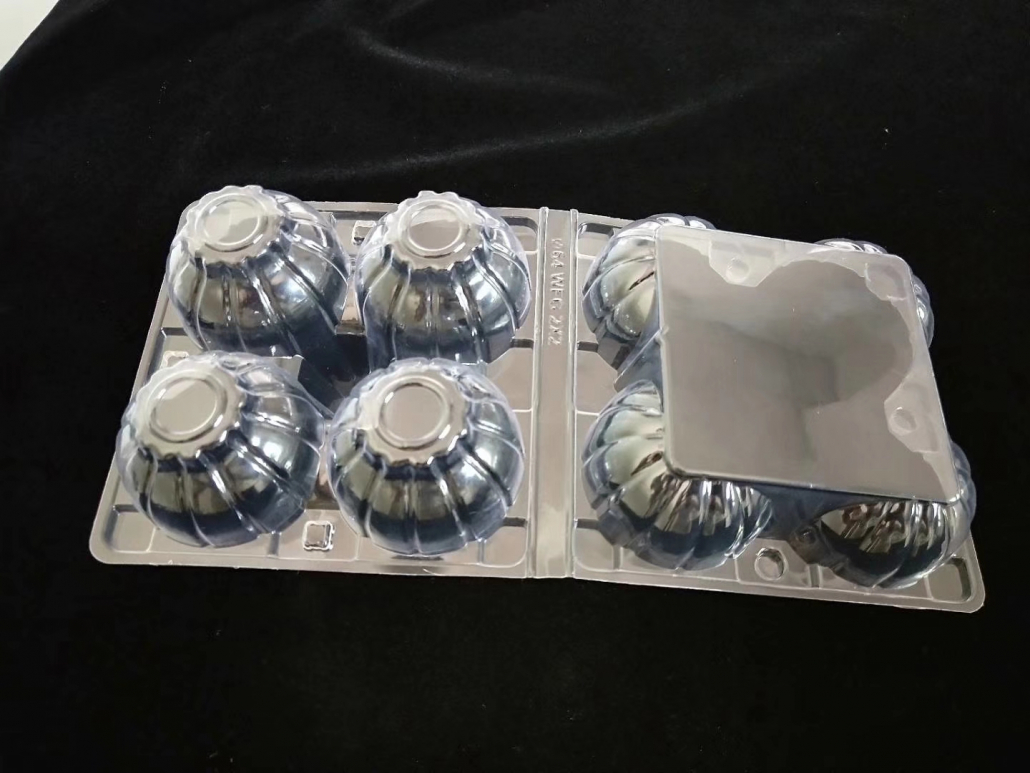
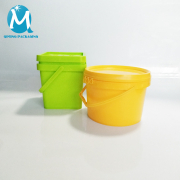

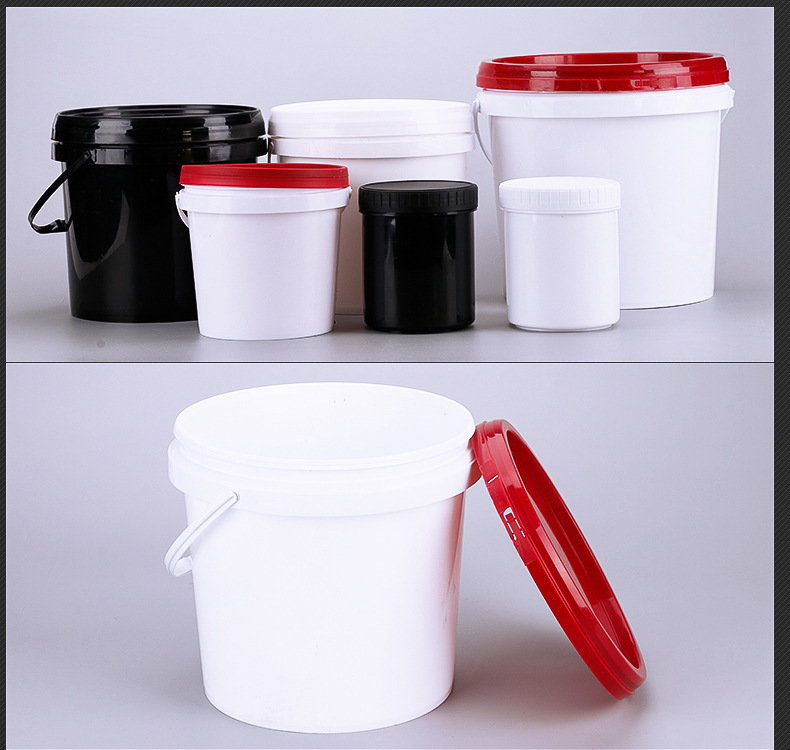
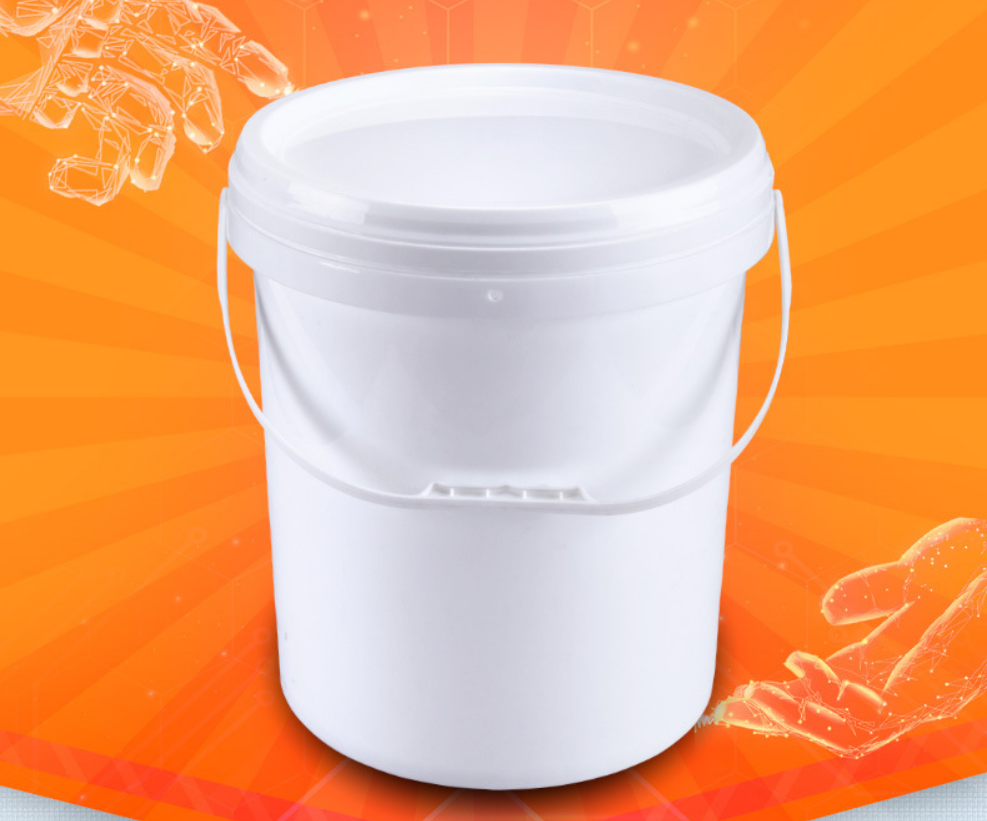
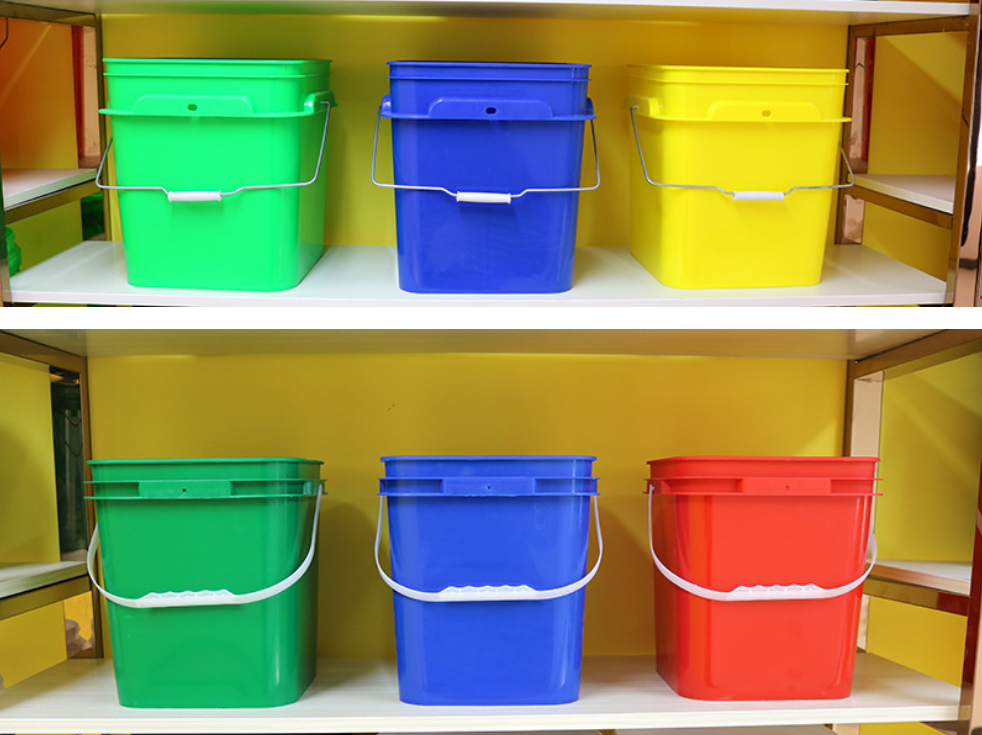
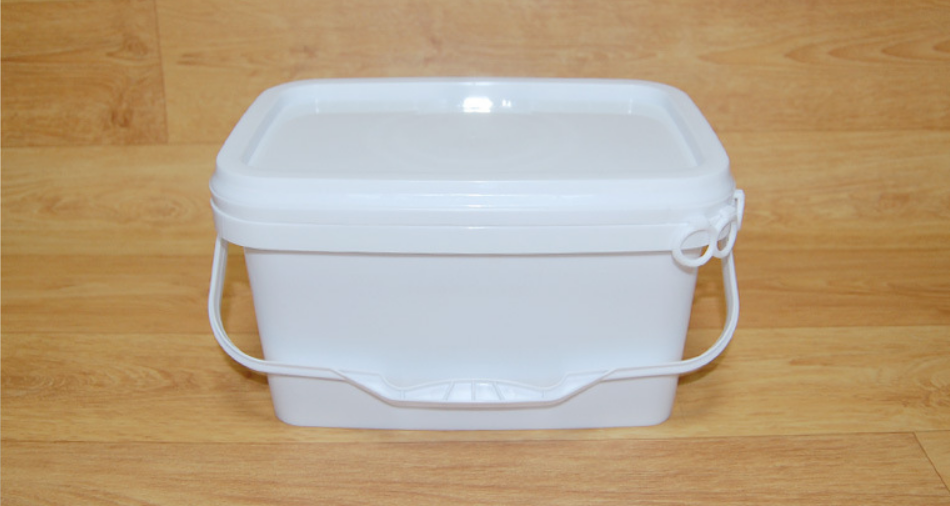
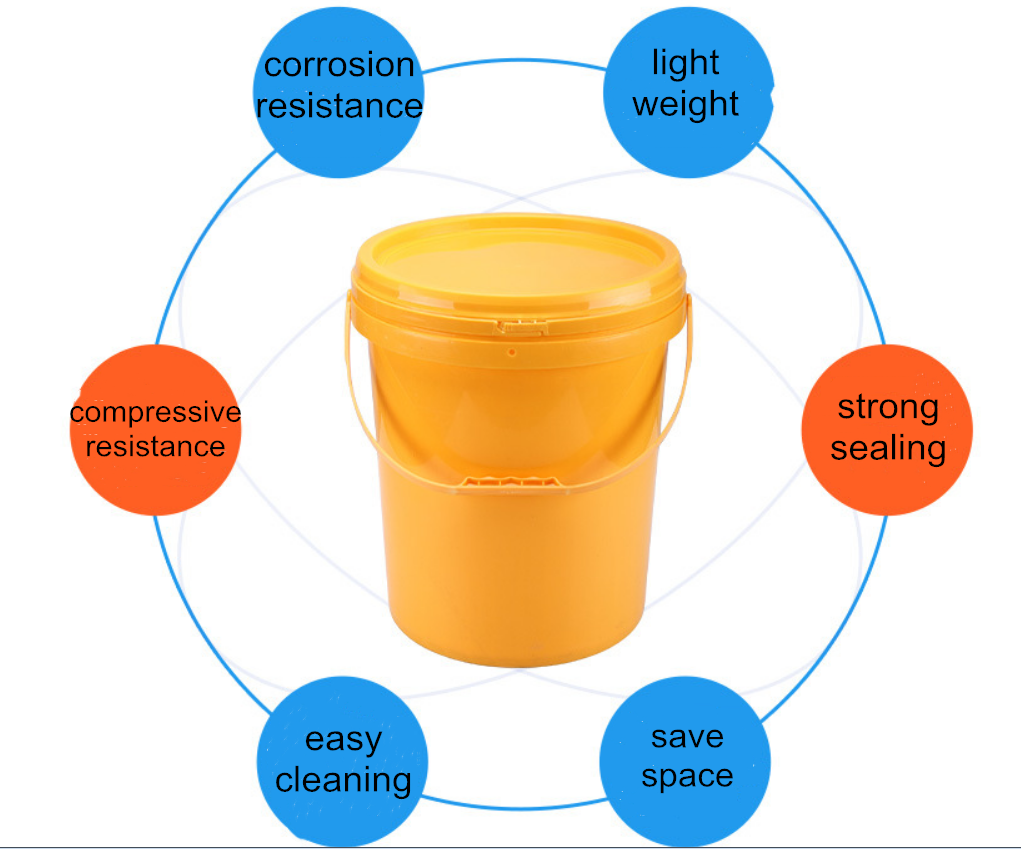
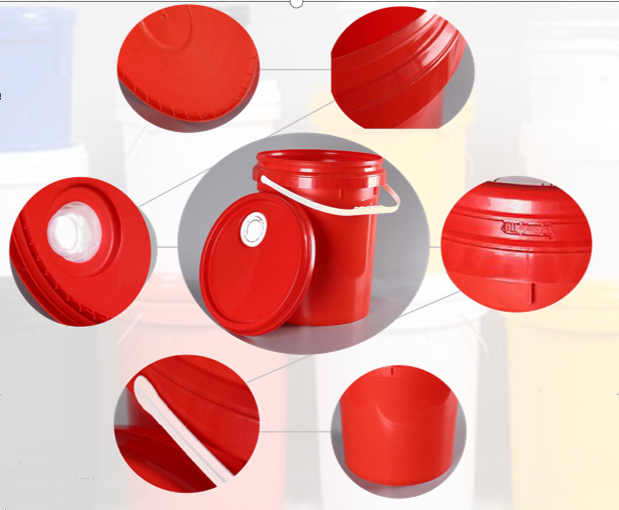
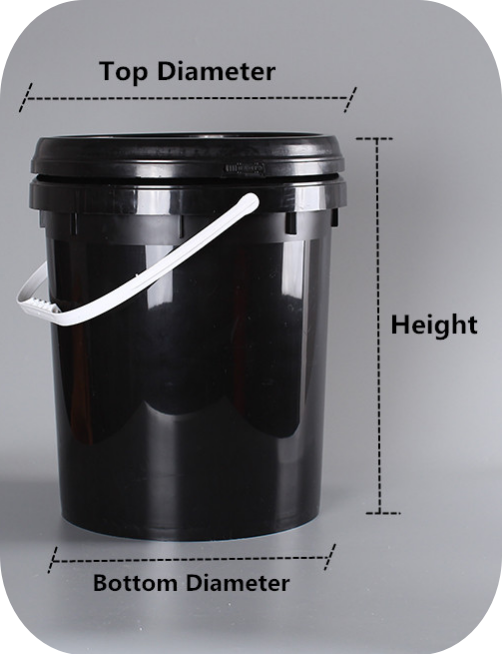
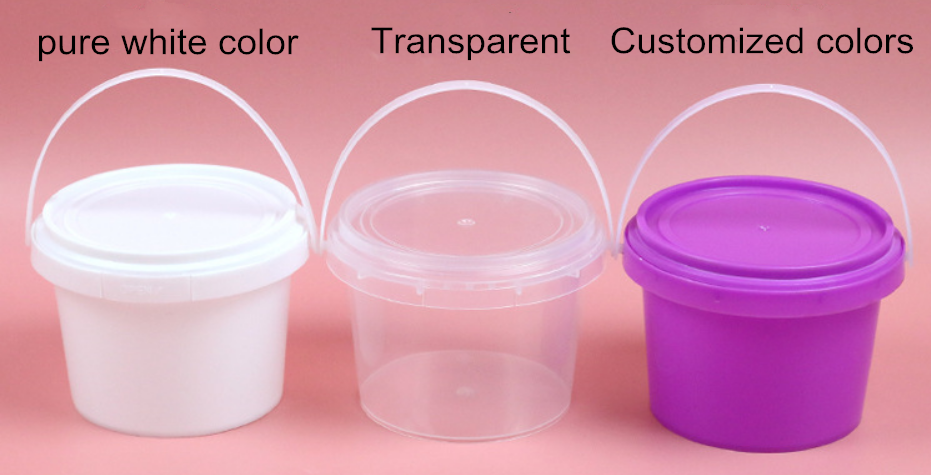
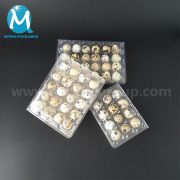
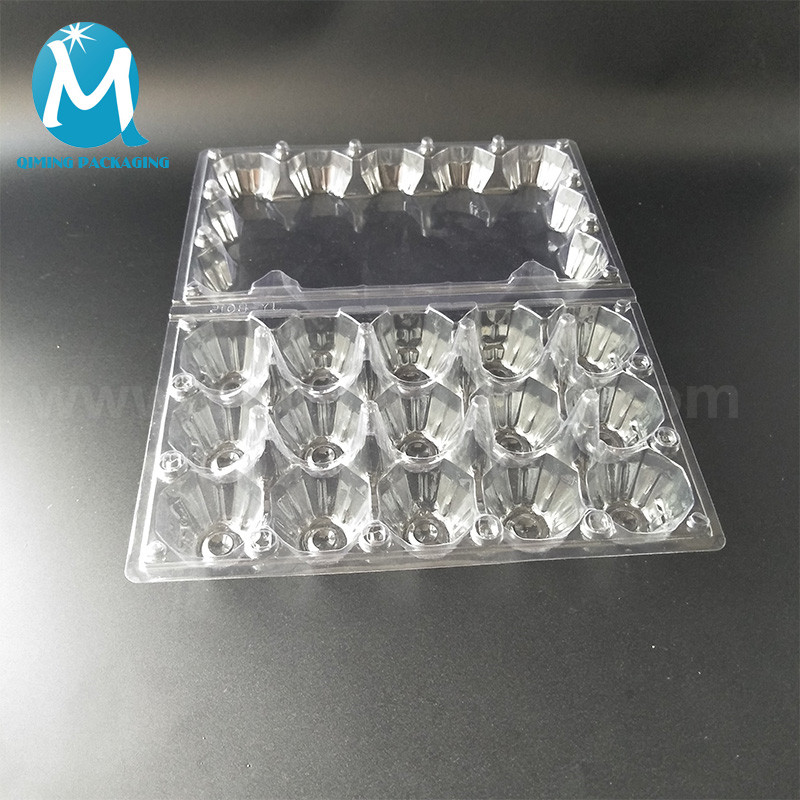
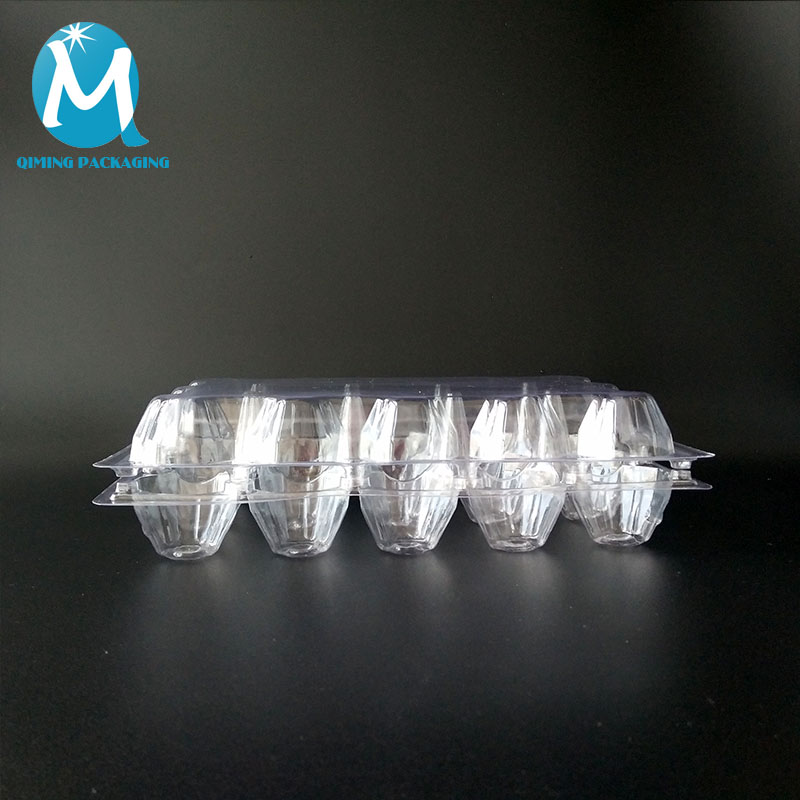

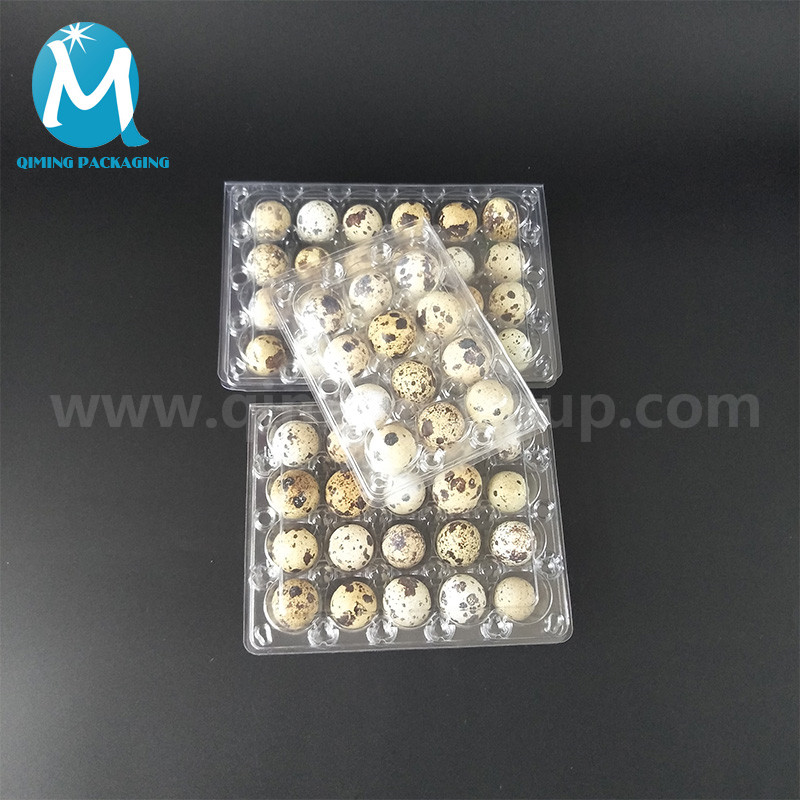
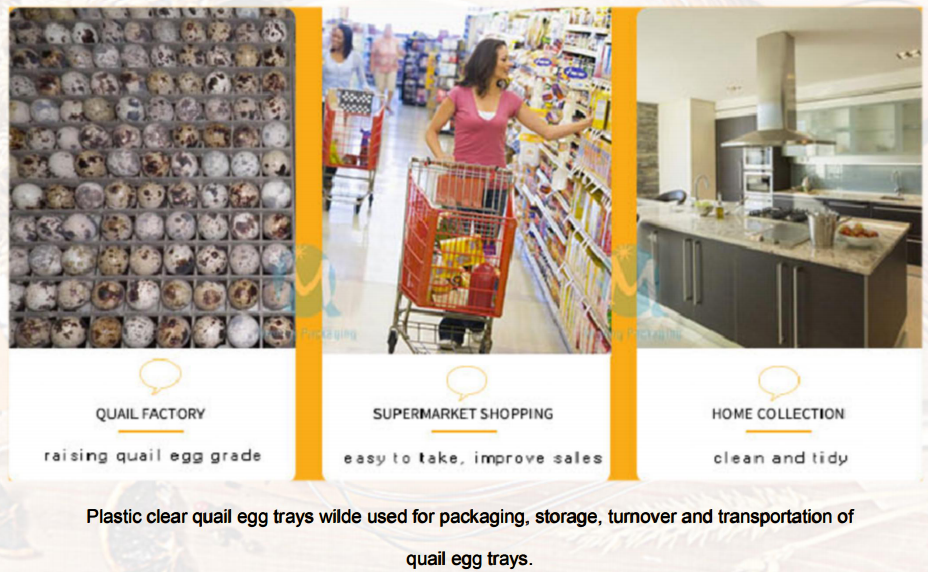
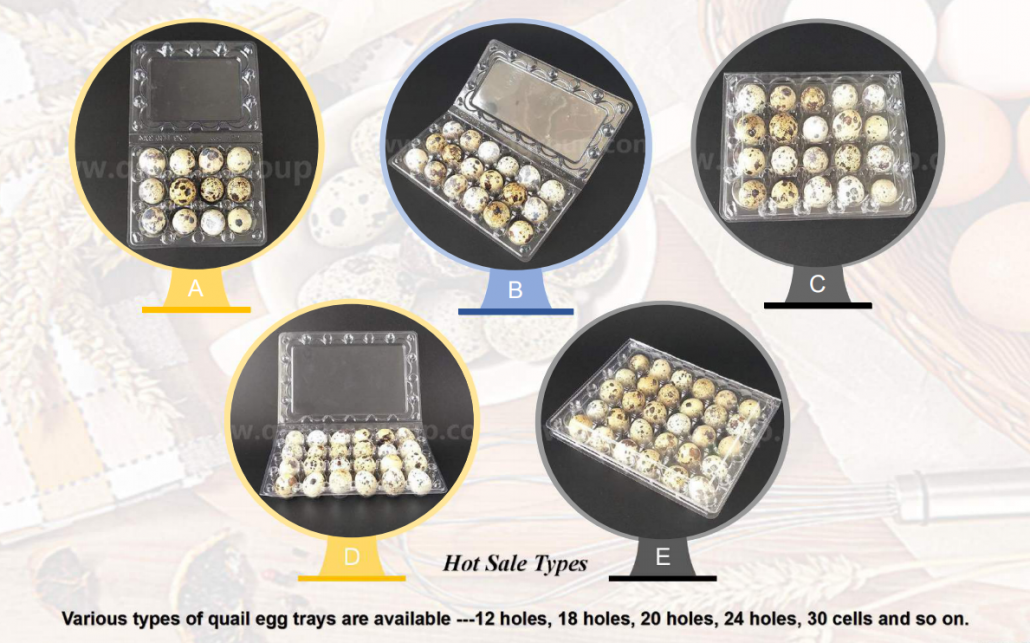




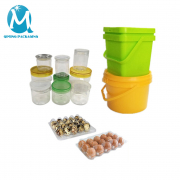 plastic containers
plastic containers
